Mindi Lehew is an Environmental Scientist working for the US Forest Service. She has been hiking the Sonoran Desert and Coronado National Forest for more than six years and absolutely loves it.
Check out the video below where Mindi explains the Sabino Canyon Recreation Area, the unique desert ecosystems, including the iconic Saguaro cactus, and her work as a field scientist.
Keep reading to learn more about how Mindi first became interested in science.
What is your earliest memory of being hooked by science?
Growing up in a small town, playing in nature was my every day adventure. At the time, I didn’t understand that was the beginnings of scientific exploration and a lifelong conservation ethic. I spent my childhood in the desert, hiking with my dad or riding my horse with my mom. Our family spent a few weeks every summer visiting different national parks. I remember carrying around a notepad in Yellowstone National Park taking detailed notes and keeping a count of every plant and animal species I encountered. I was probably 10 years old at the time, but I still have the little notebook today, and I know now that was field science at its finest!

What did you think a scientist did before you became one?
I thought all scientists worked in a lab and wore a white coat. It wasn’t until I started college that I realized you could make a career out of studying the environment (and get paid to play outdoors!). Now I know scientists also wear cargo shorts and hiking boots!
What keeps it fun?
I never get tired of the landscapes. Since I was little, I’ve always been humbled by nature and the evolution of our planet and all the species that exist on it. Nothing beats the feeling of summiting a peak and being rewarded with a panoramic view for hundreds of miles in all directions. As an environmental scientist and public land manager, it’s rewarding to know I play a small role in protecting those natural places.
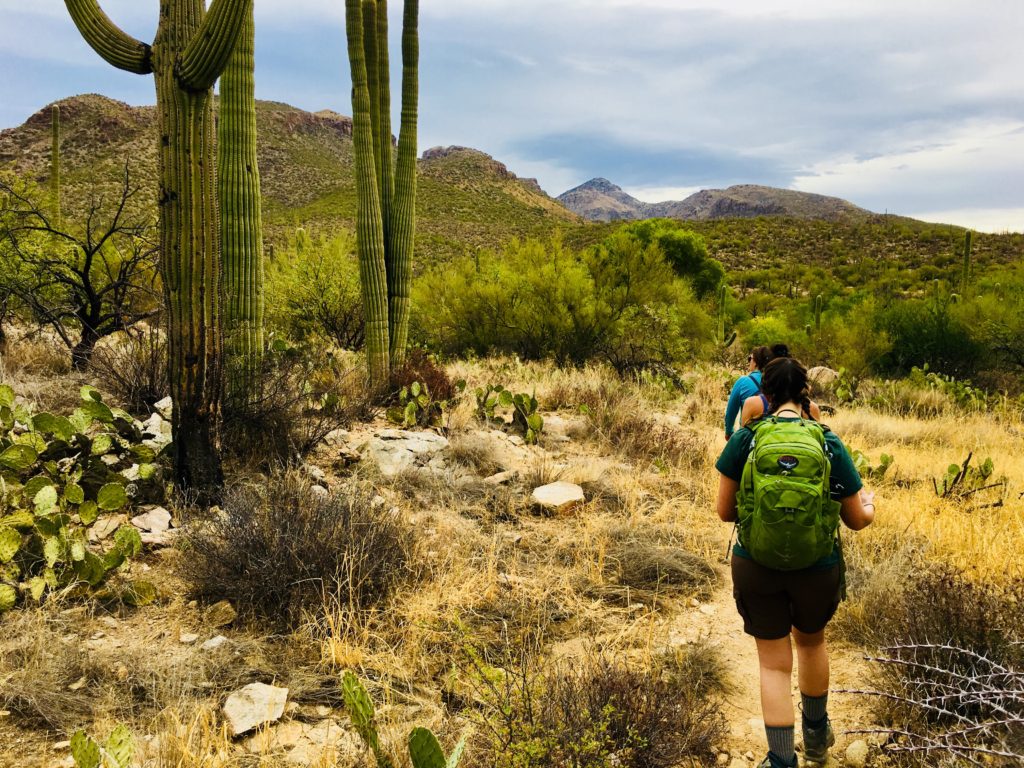
Is there anyone that inspired you?
My dad! He is a pharmacist by profession, but a conservationist at heart. We always joke that we’re both scientists, the only difference is that he helps the people and I help the planet. For as long as I can remember, he’s had one mantra: leave this earth a better place than it was when you got here. He inspired me to make that mantra my life’s mission!
Let’s learn more about the region:
Desert Range
This region of Arizona, California, and Baja hosts a convergence of many types of desert ecosystems that span from Mexico all the way up into the Rocky Mountains.

Saguaro Cactus
The Saguaro cactus (Carnegiea gigantea) live on rocky terrain and do not occur anywhere else in the world. Many people mistakenly think the tall cactus in Baja are Saguaros, but they are actually look-alike cactus called Cardón (Pachycereus pringlei). The Cardón resembles the Saguaro in growth, but can grow to be much more massive, and is not as frost tolerant as the Saguaro.

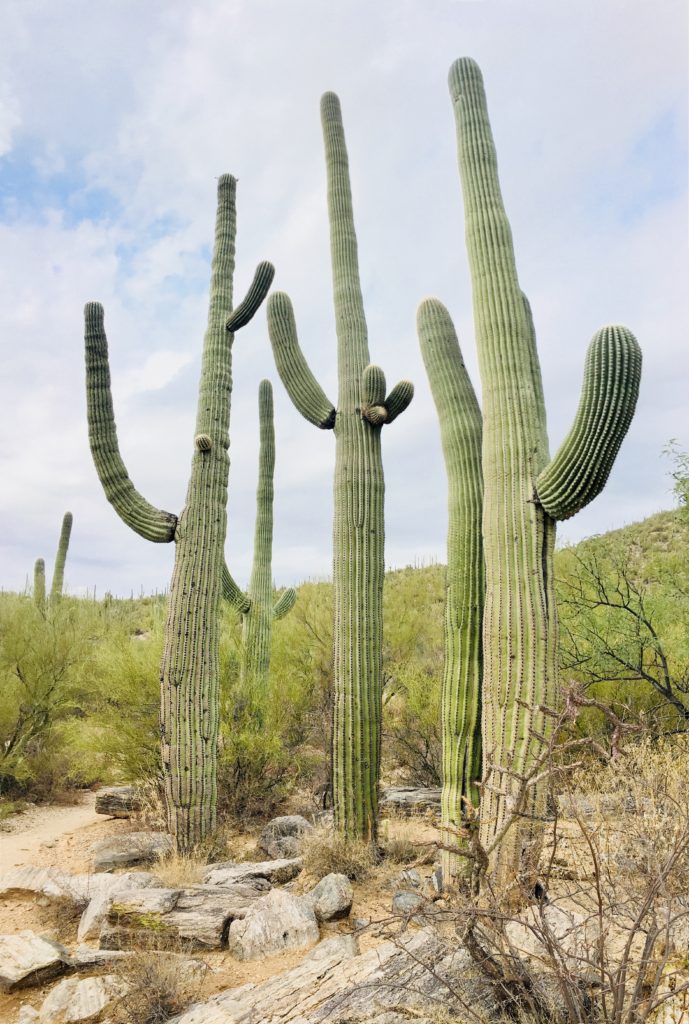
The average lifespan for a Saguaro cactus is about 200 years. As they grow taller they branch arms and extend their radial root system. Even though the root system is very shallow for such a tall, heavy plant, it provides a sturdy base allowing the cactus to absorb water from the occasional desert downpours.

I had always thought, if lost in the desert, I could survive by drinking water from the cactus tissue. As if cactus were giant rain barrels storing an oasis of refreshment. I surely would have died! It turns out succulents create toxic products from photosynthesis including Malic Acid and Oxalic Acid. If ingested, Oxalic Acid combines with calcium in our bodies to produce calcium oxalates which are harmful to our kidneys. While a human may be able to survive off small amounts, ultimately dehydration would take over.
Mindi shows us there are some edible parts to the cactus; She delicately plucks a barrel cactus fruit and gives us a taste. Sour! Like a granny smith apple.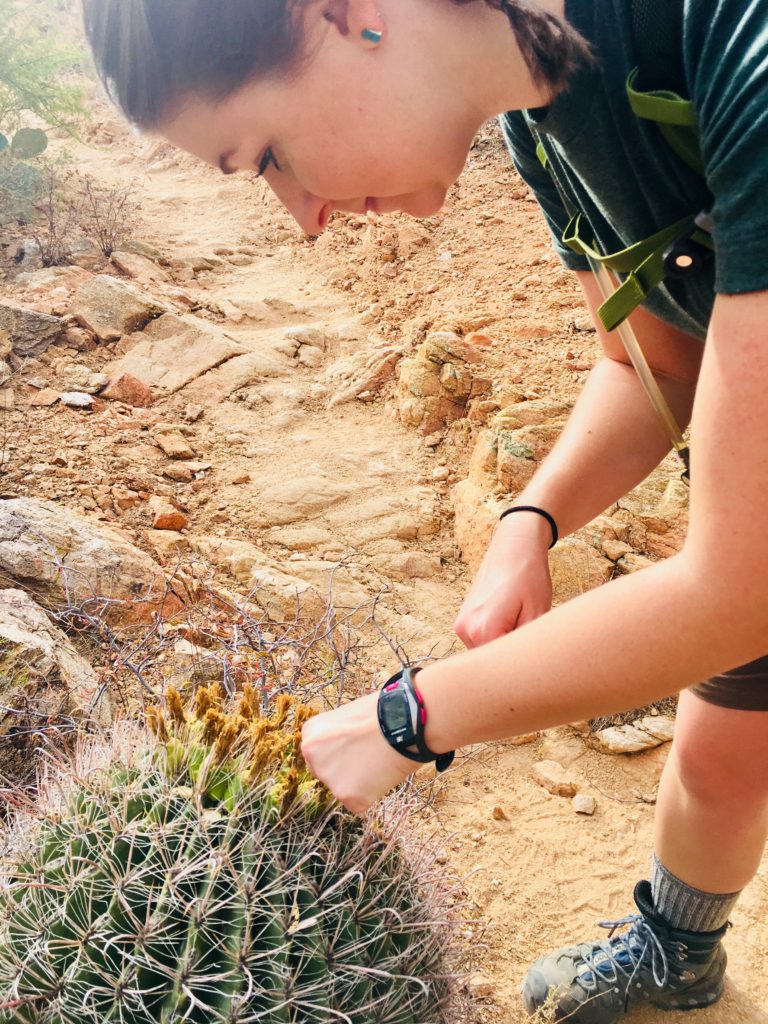
Thank you for taking us through your kind of desert Mindi Lehew!
If you enjoyed learning about Mindi’s journey, share this post.
Want more interviews? Subscribe to get updates as soon as they go live! In the mean time, you can read from more inspirational women here.
Share this: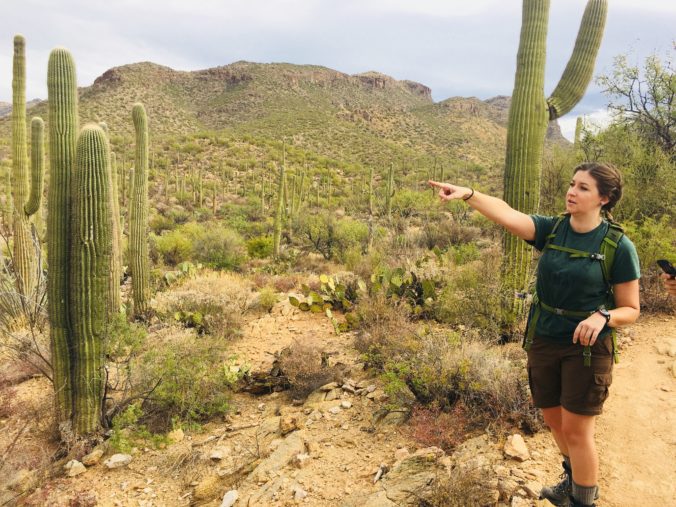




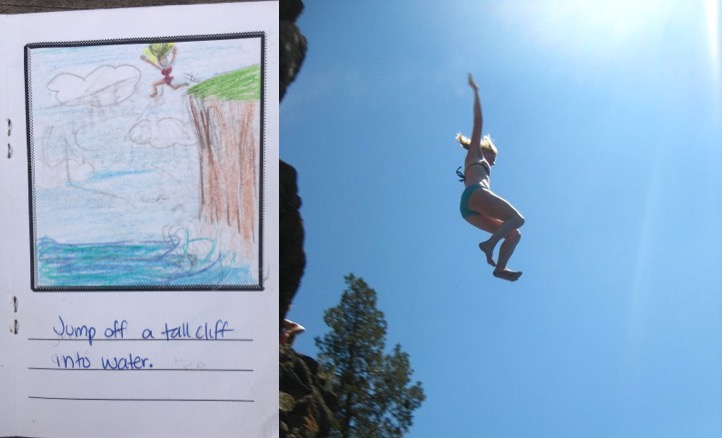
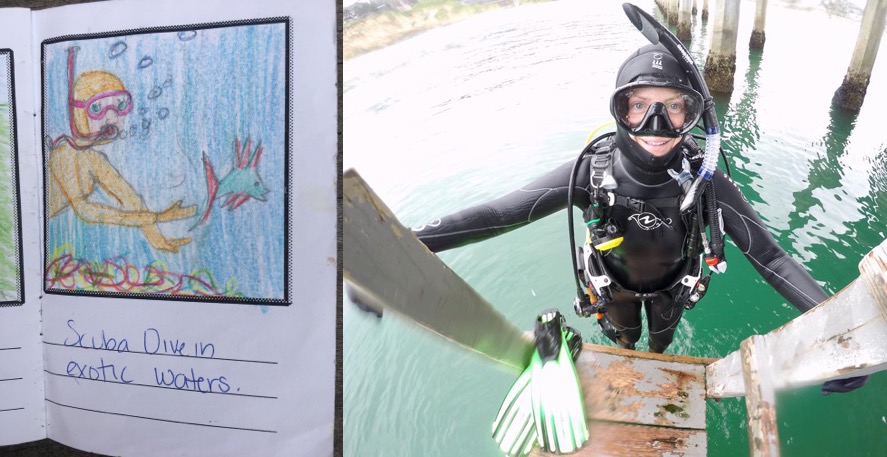
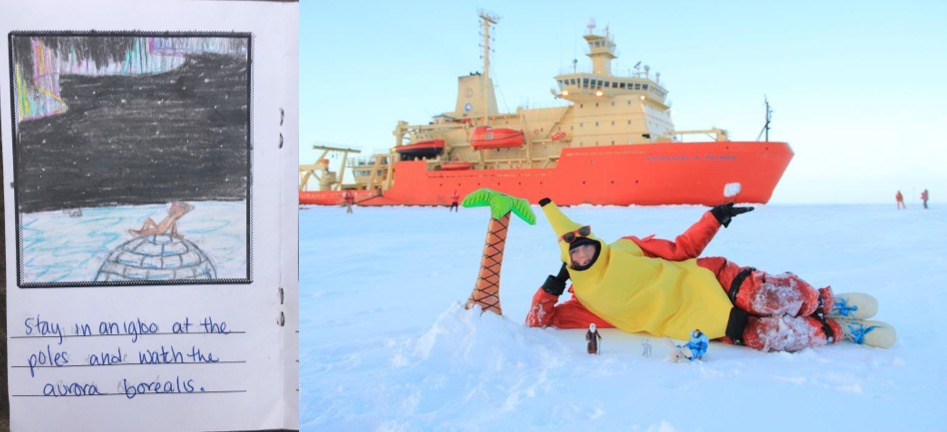
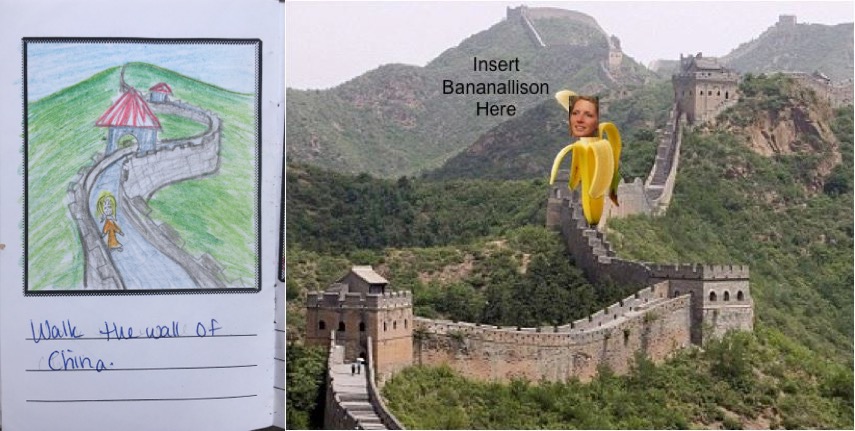

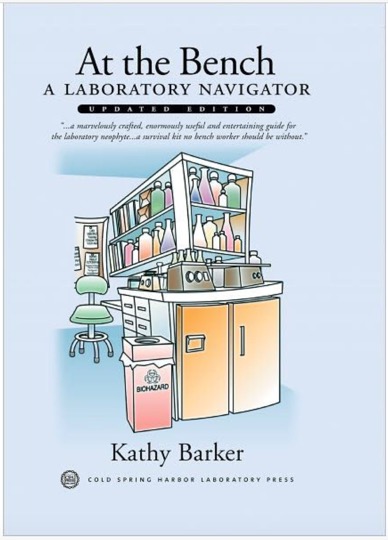
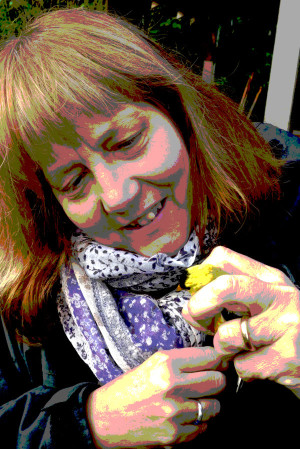
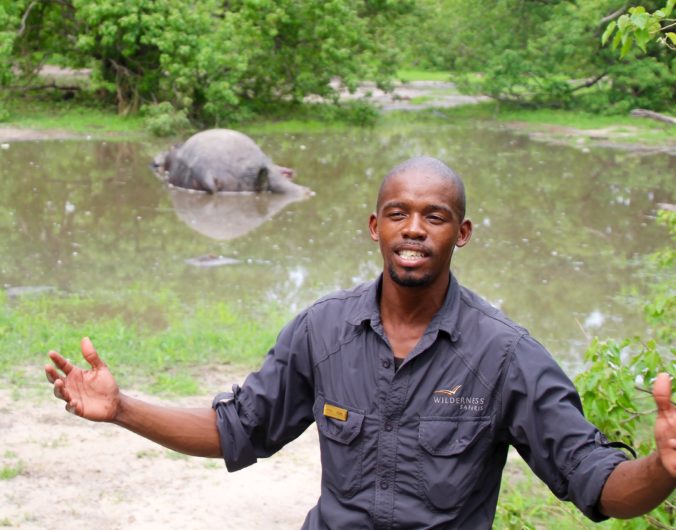
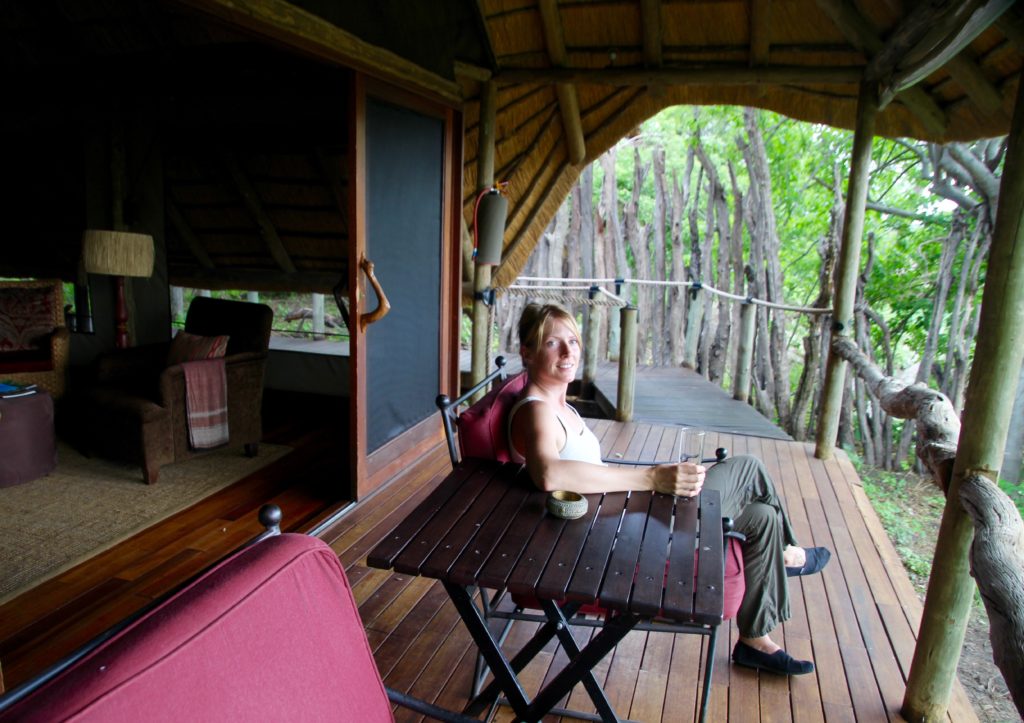
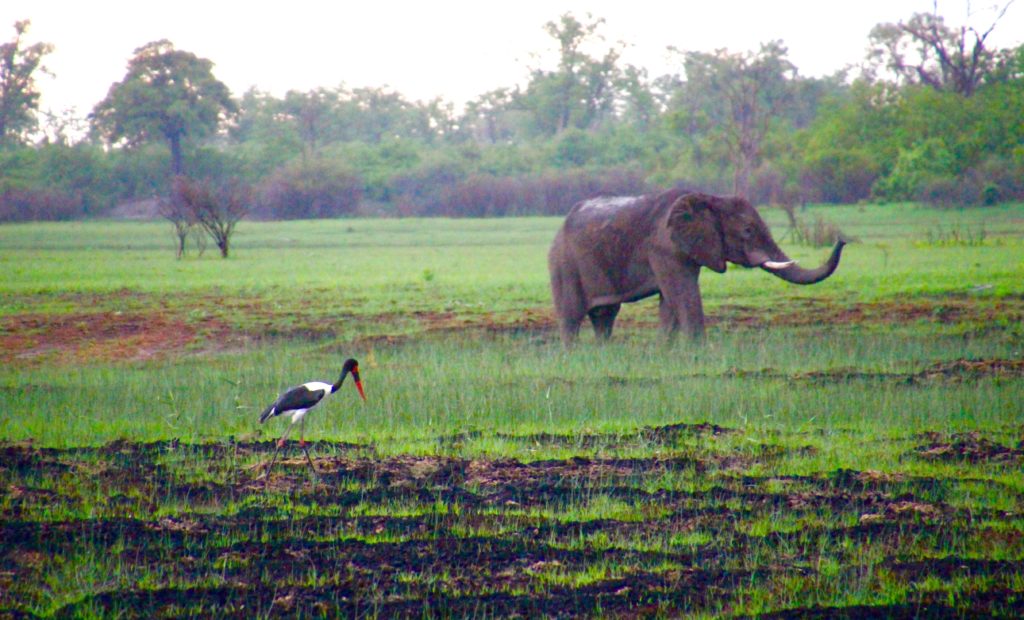
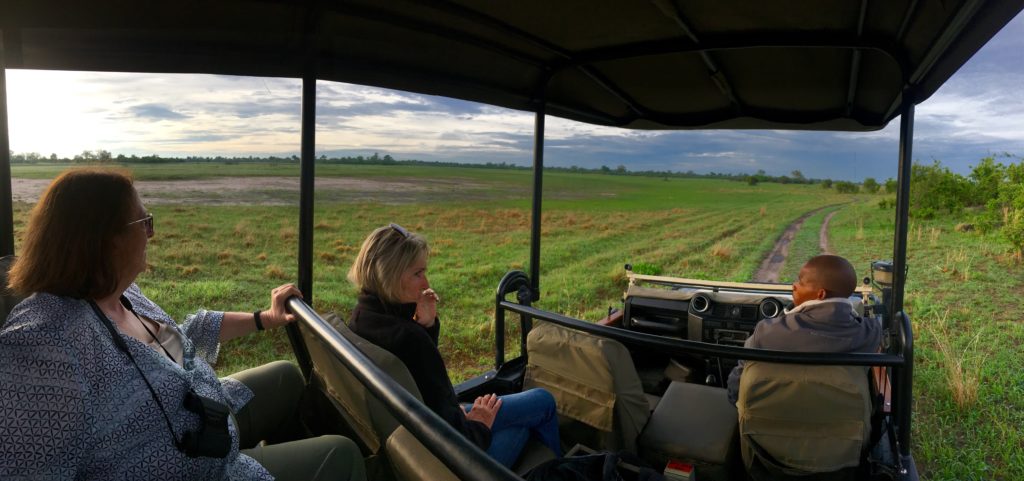
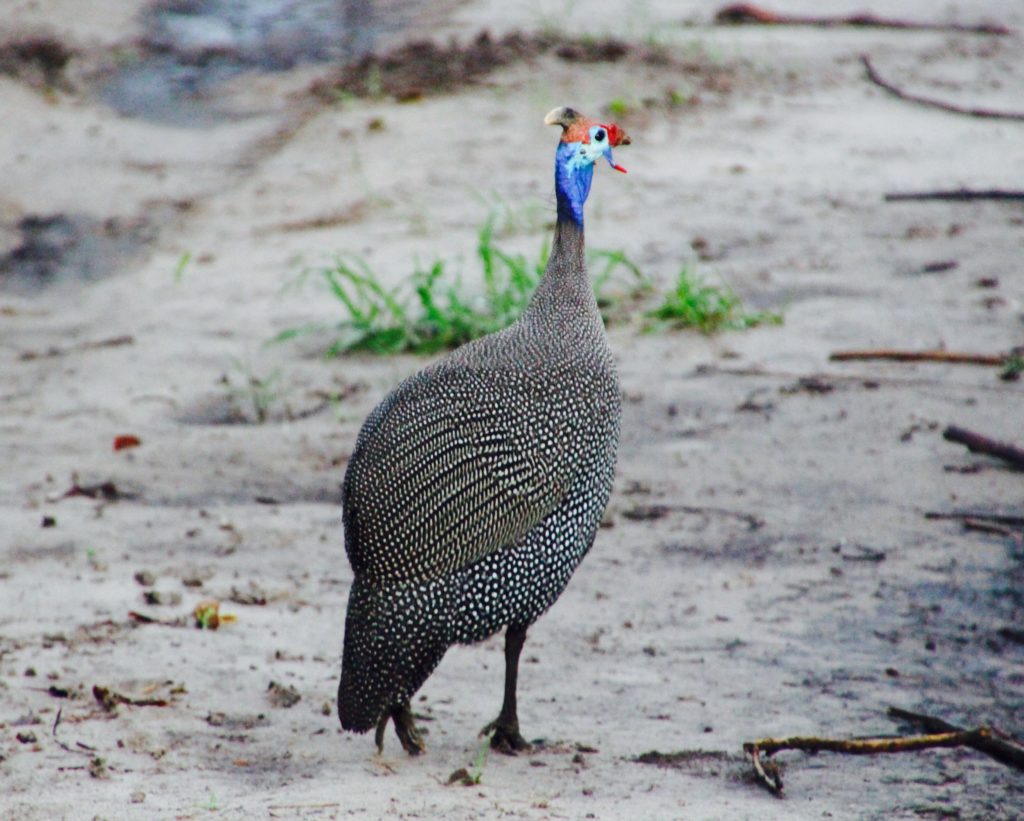
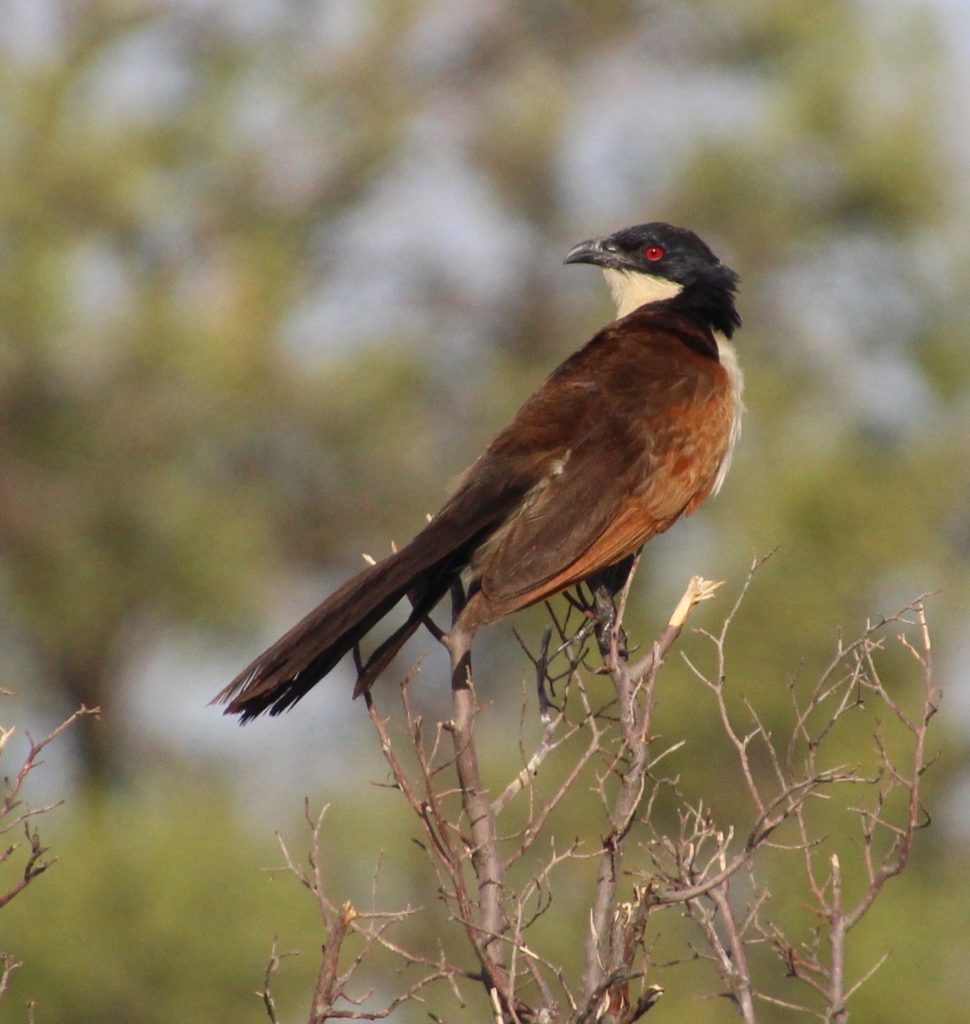
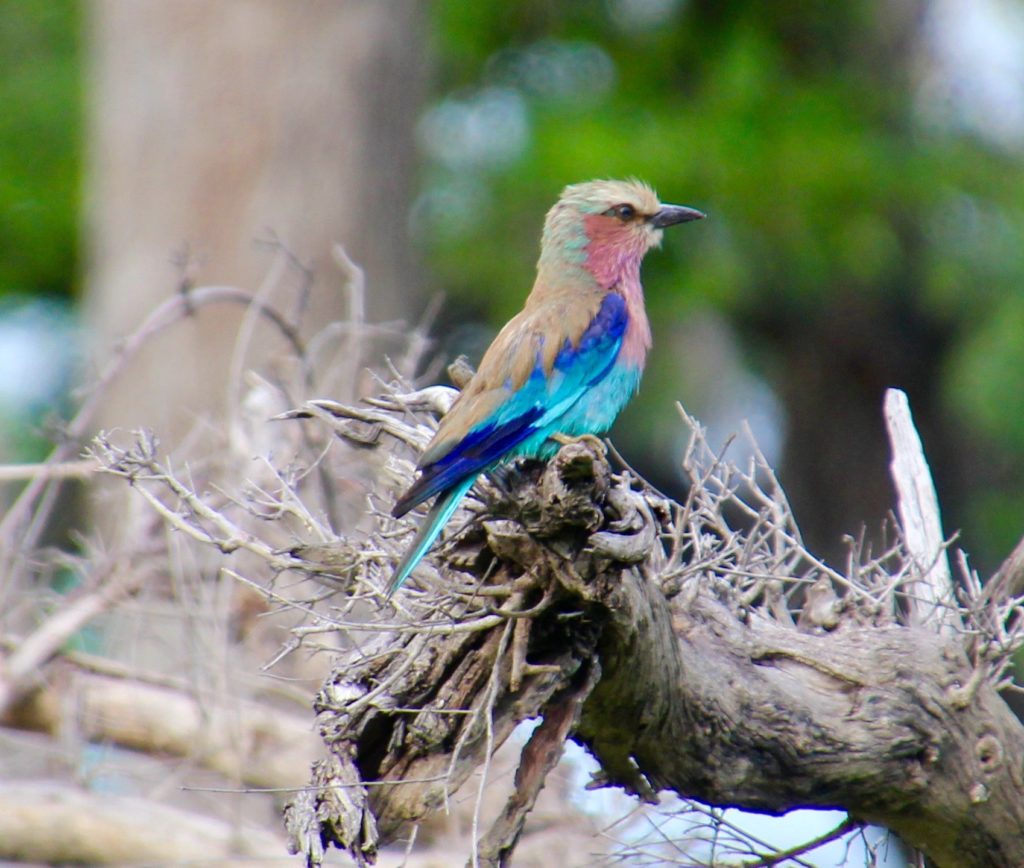
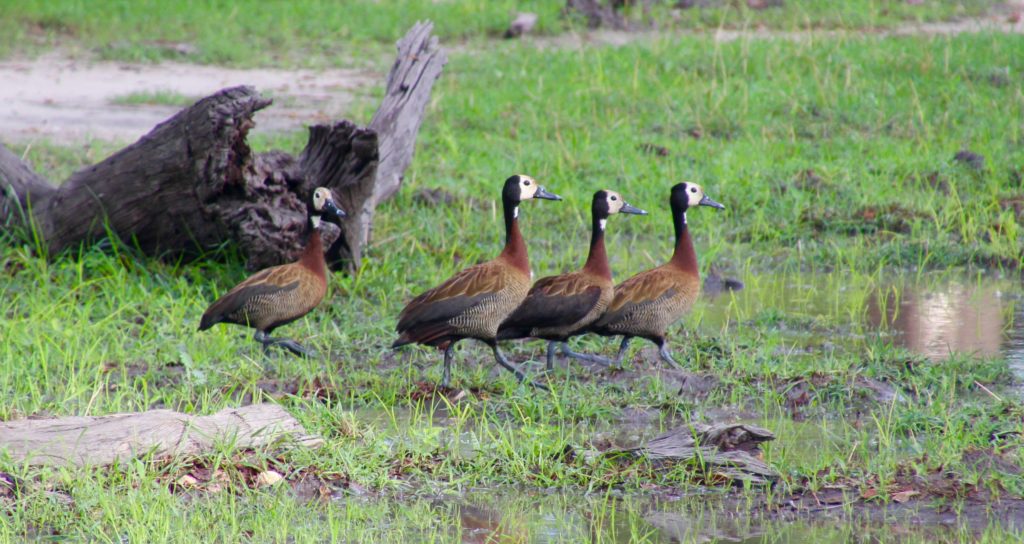
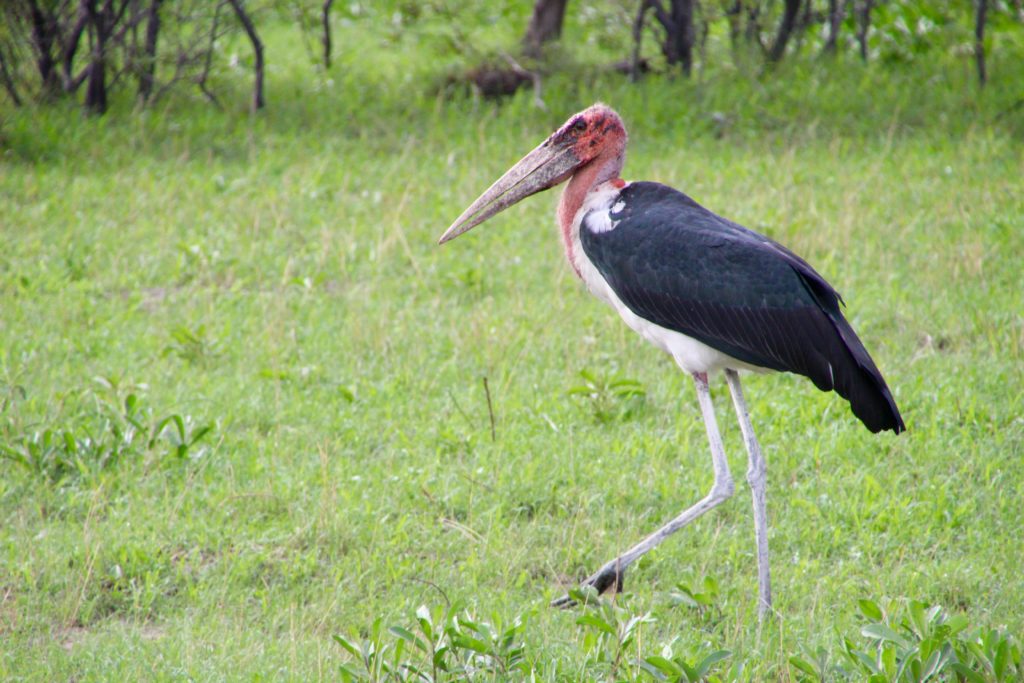
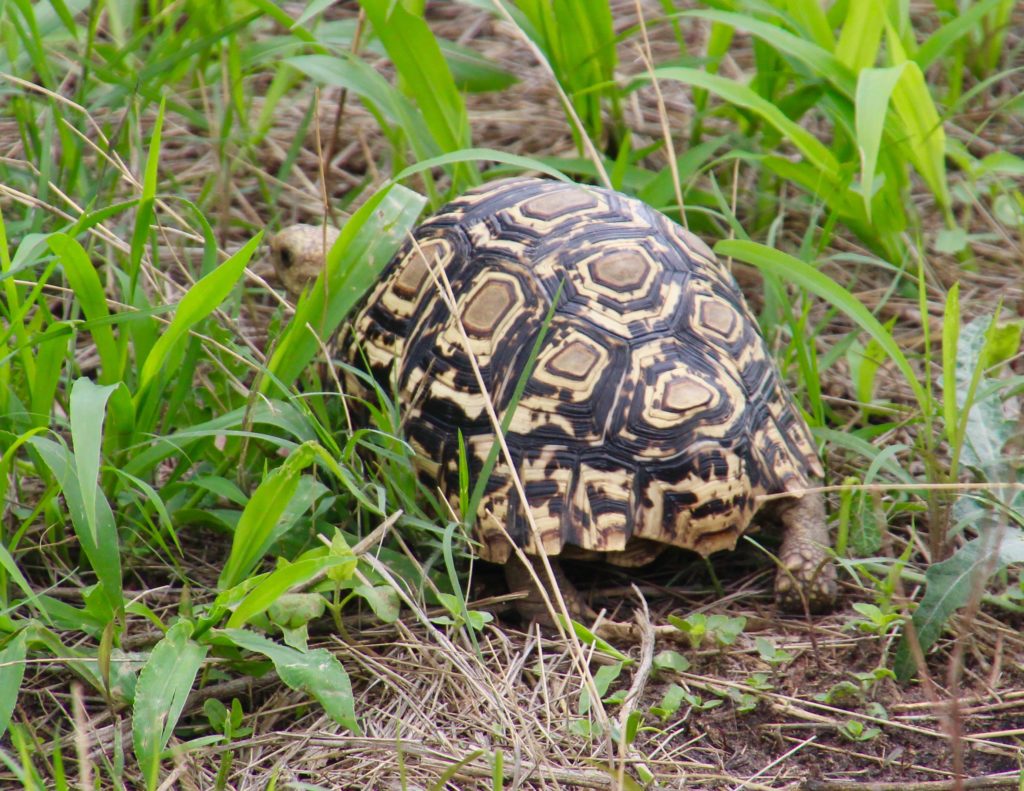
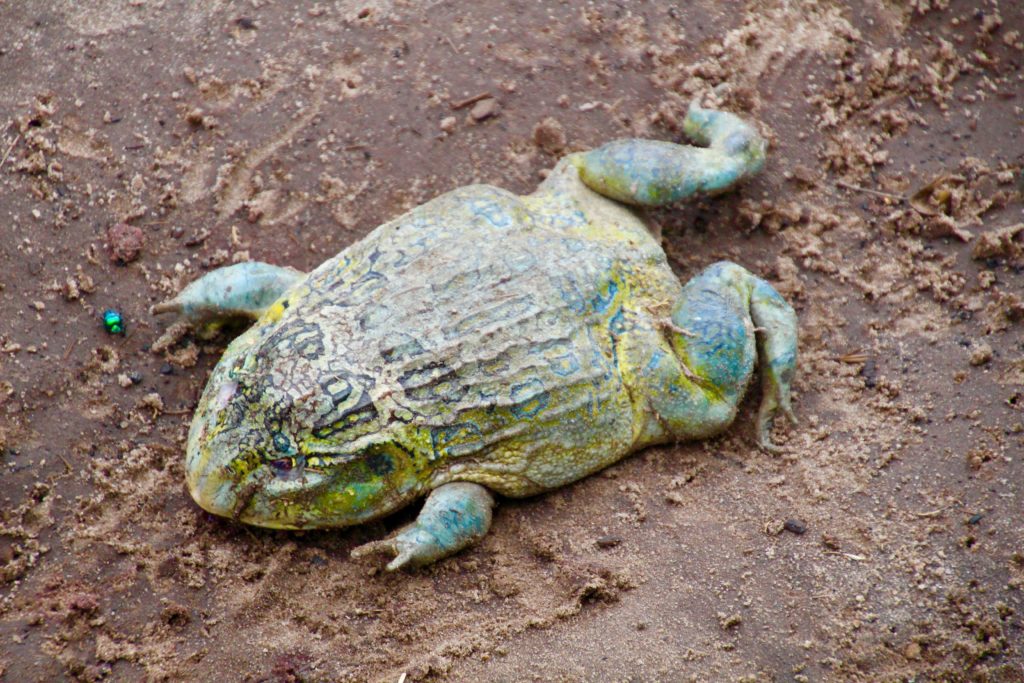
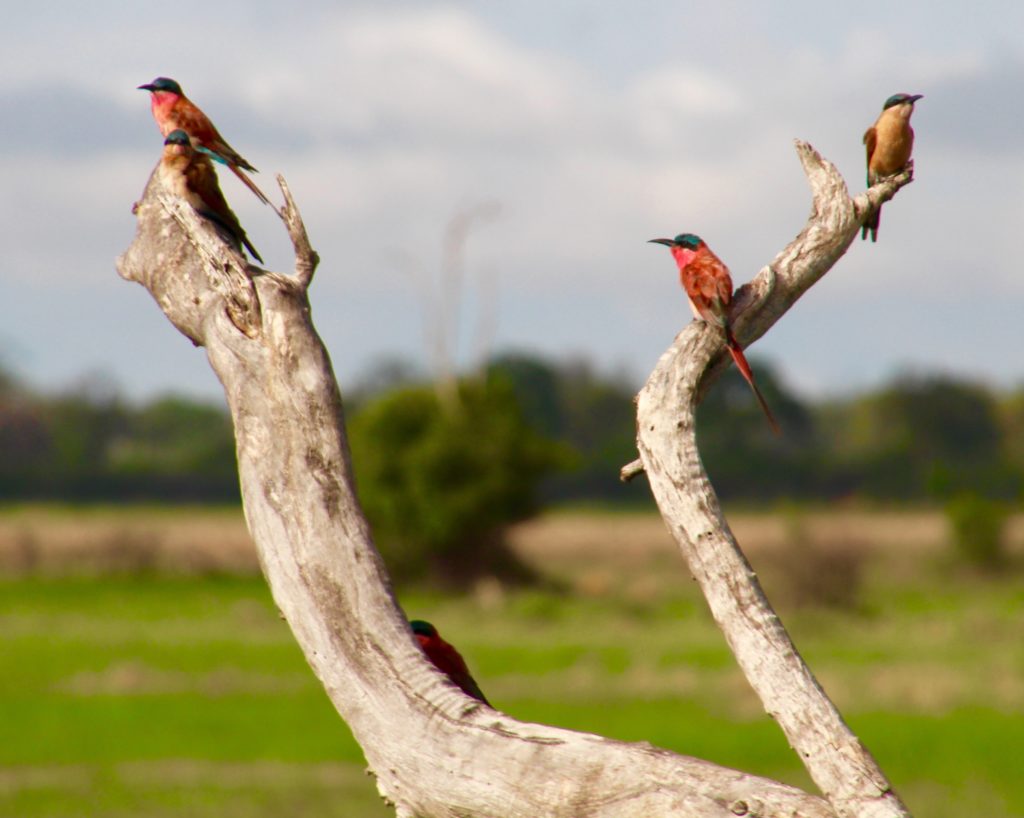
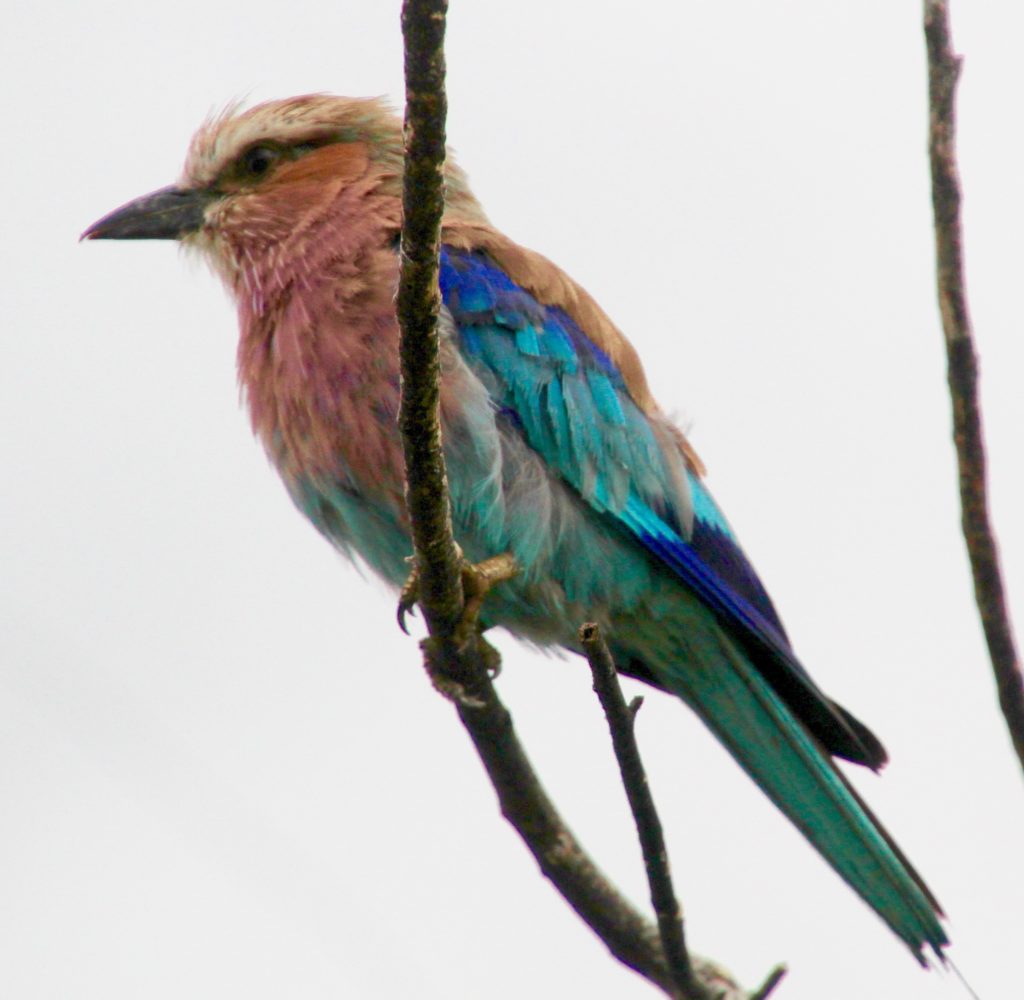
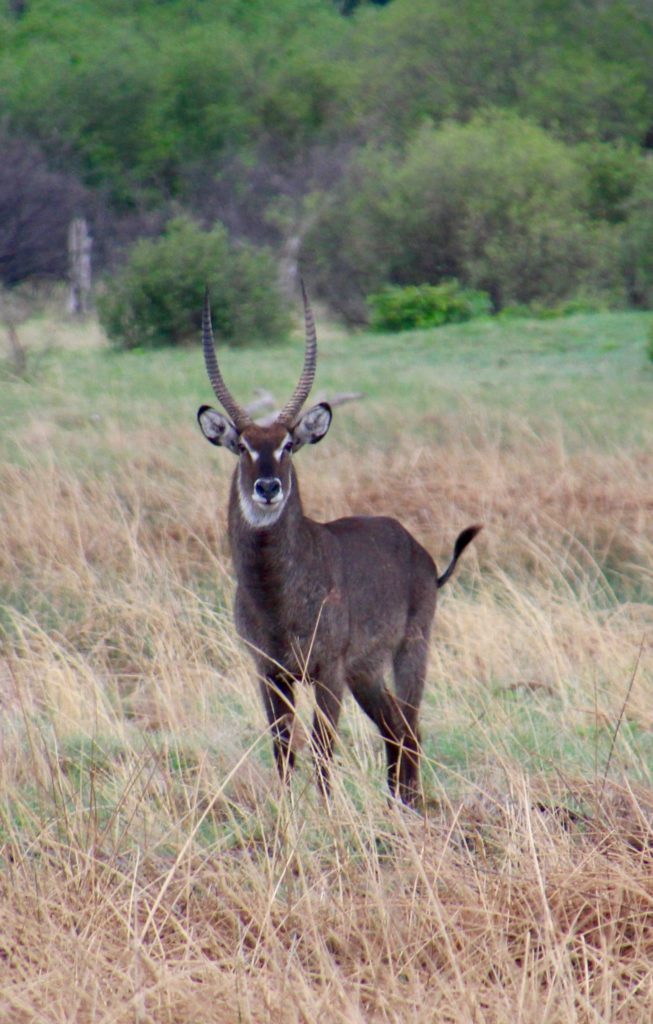
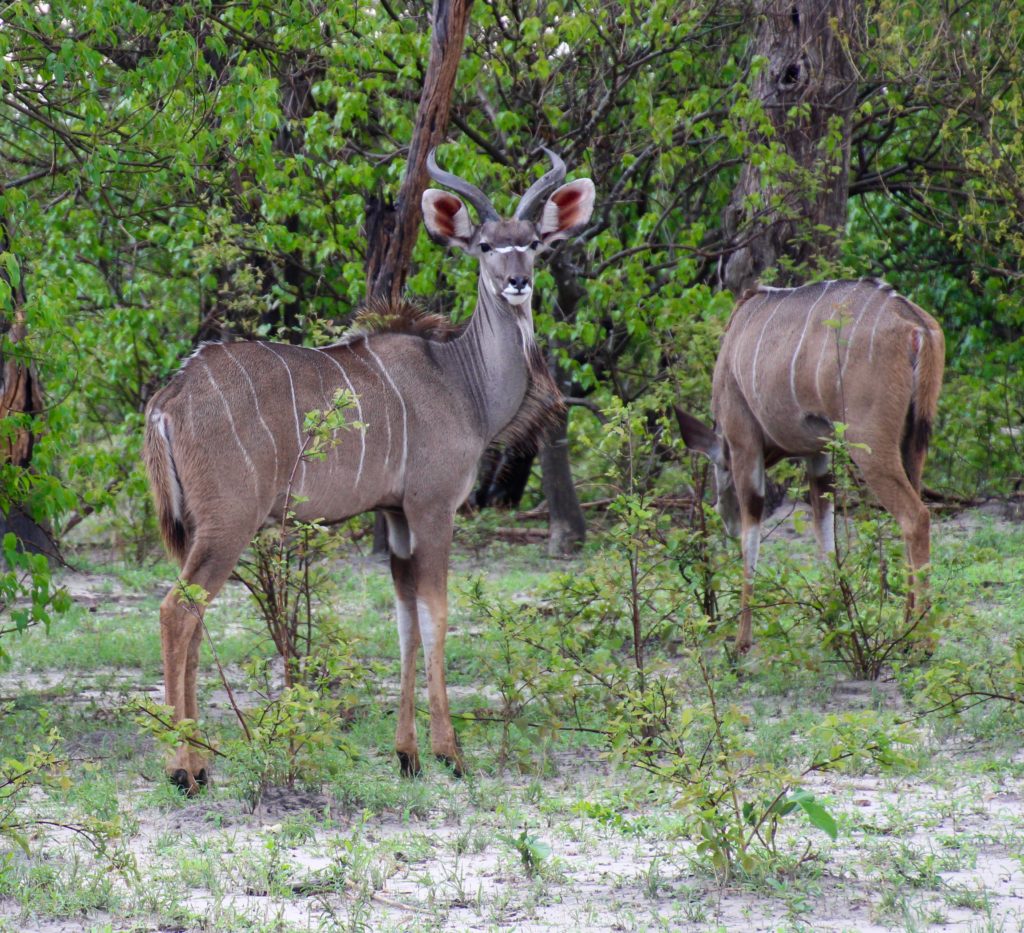
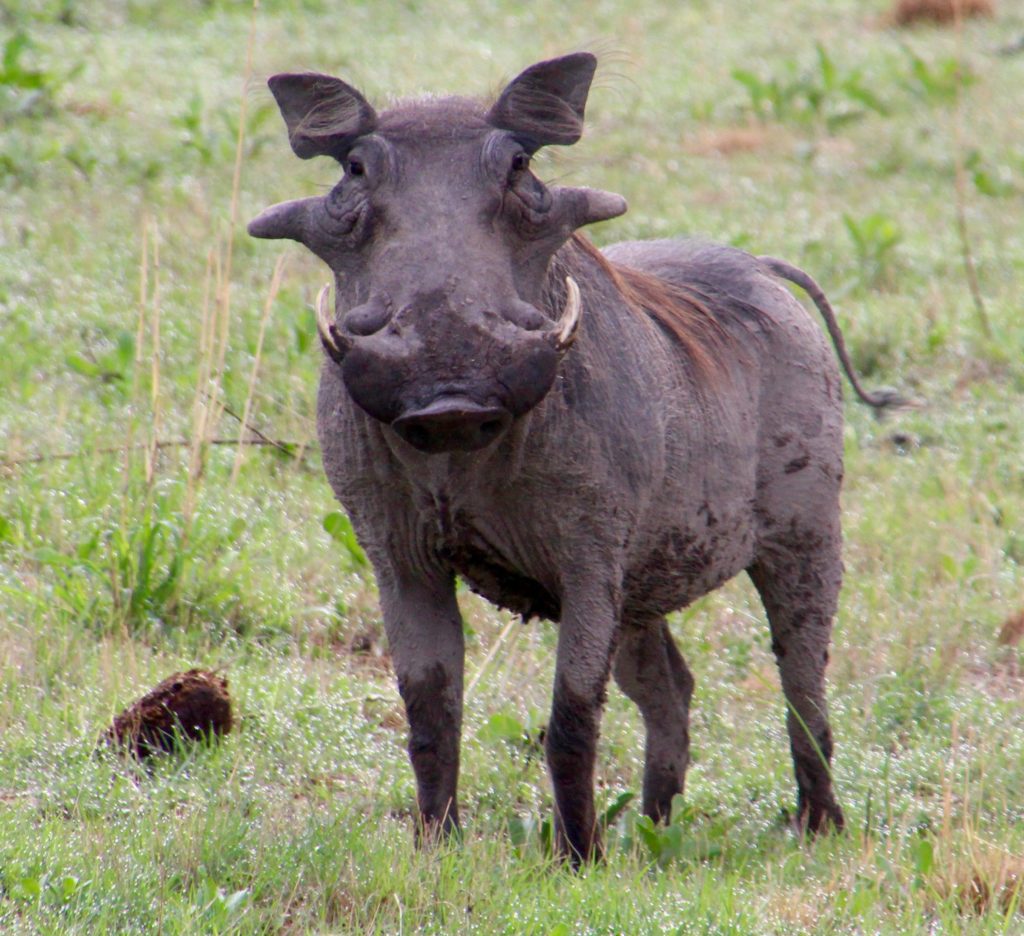
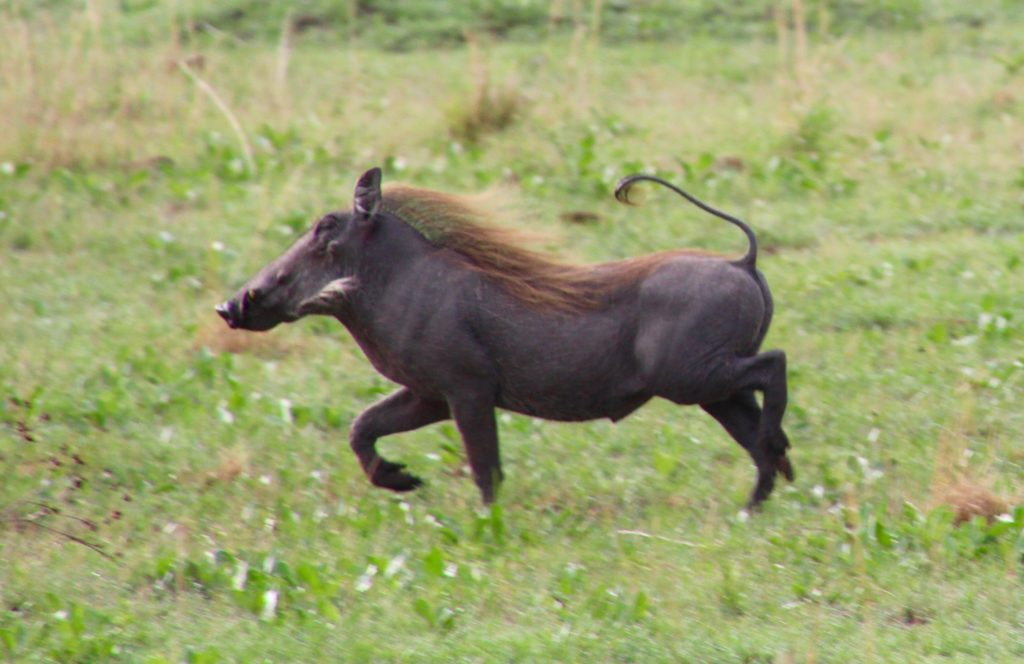
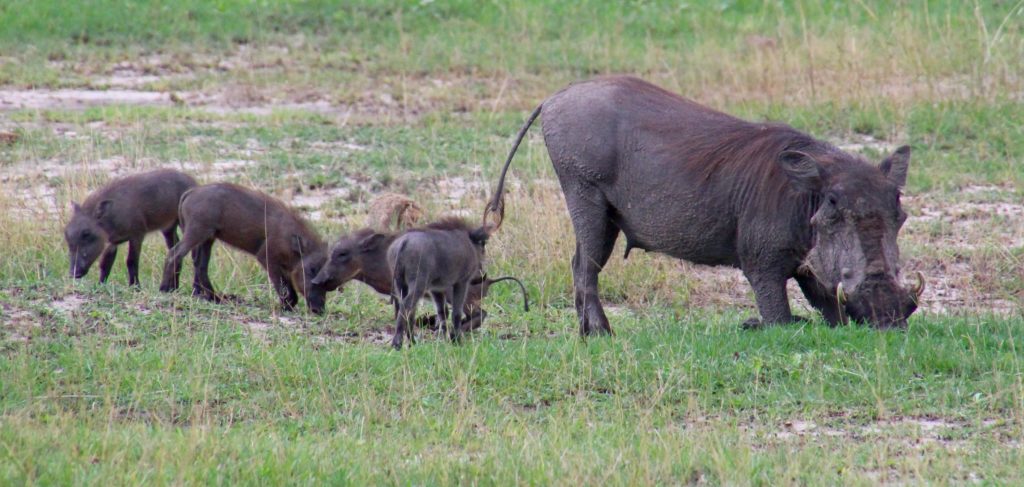
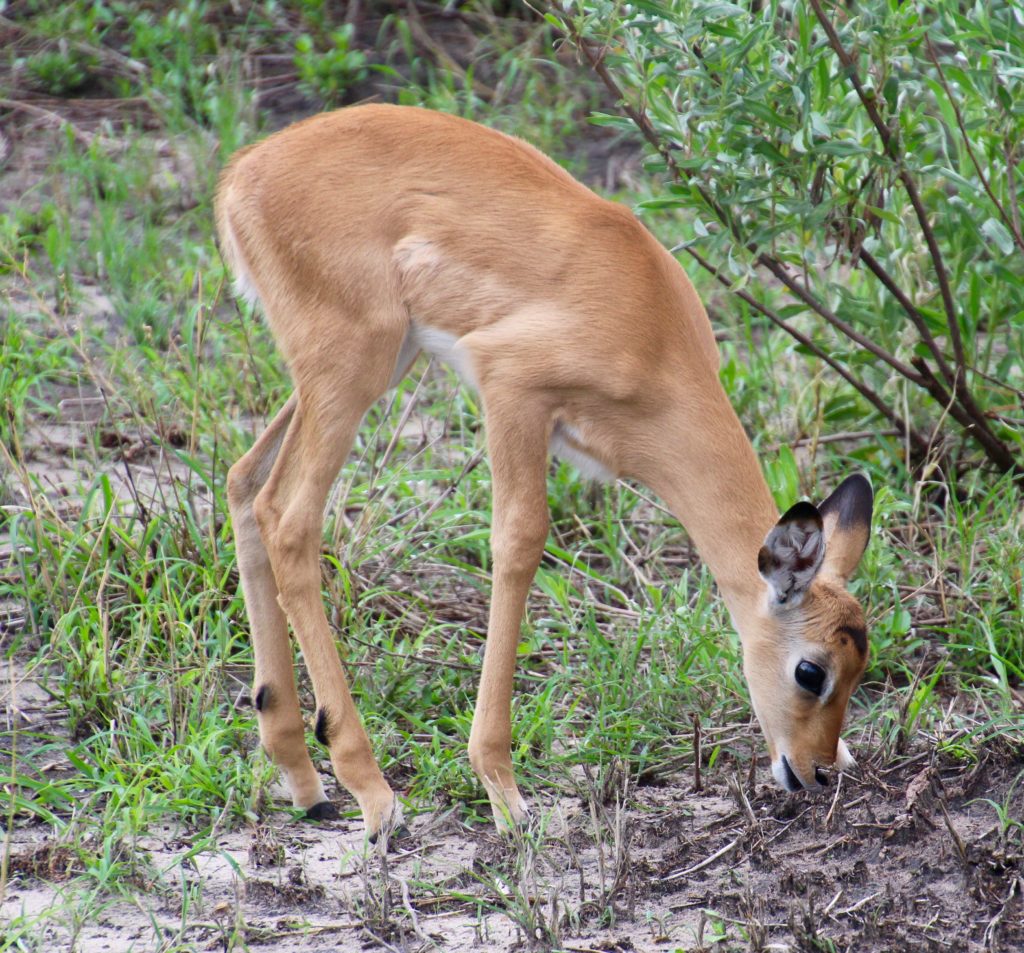
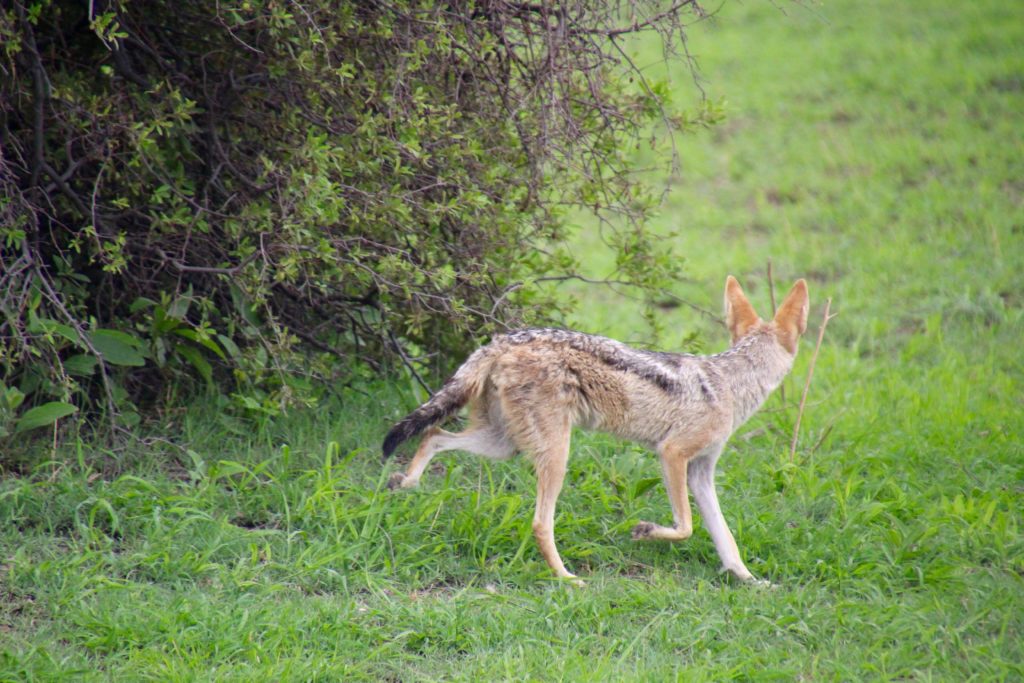
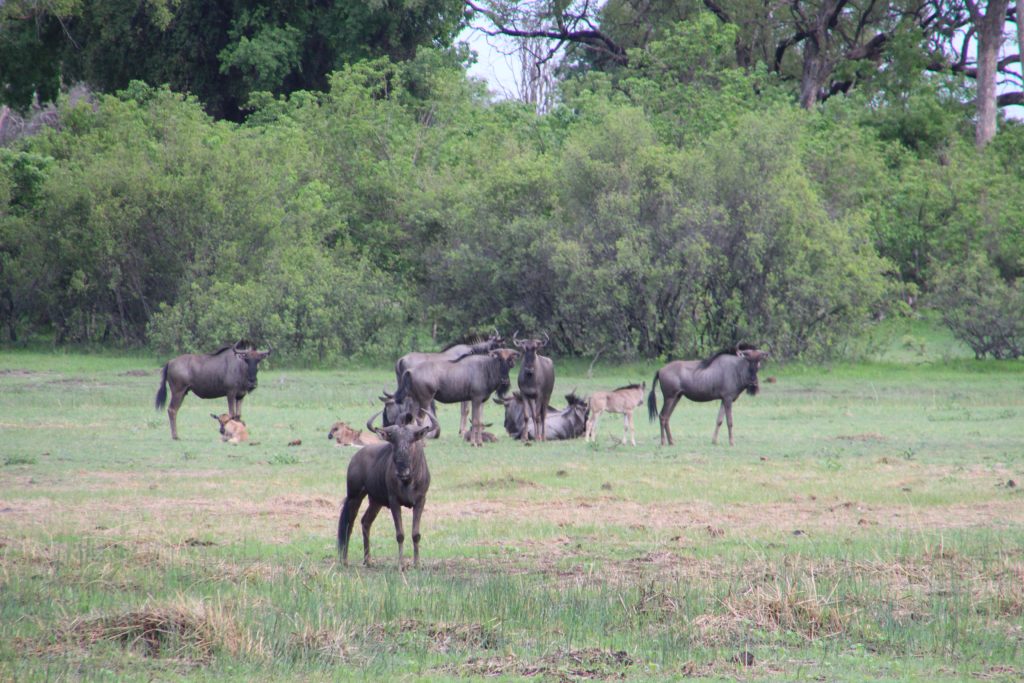
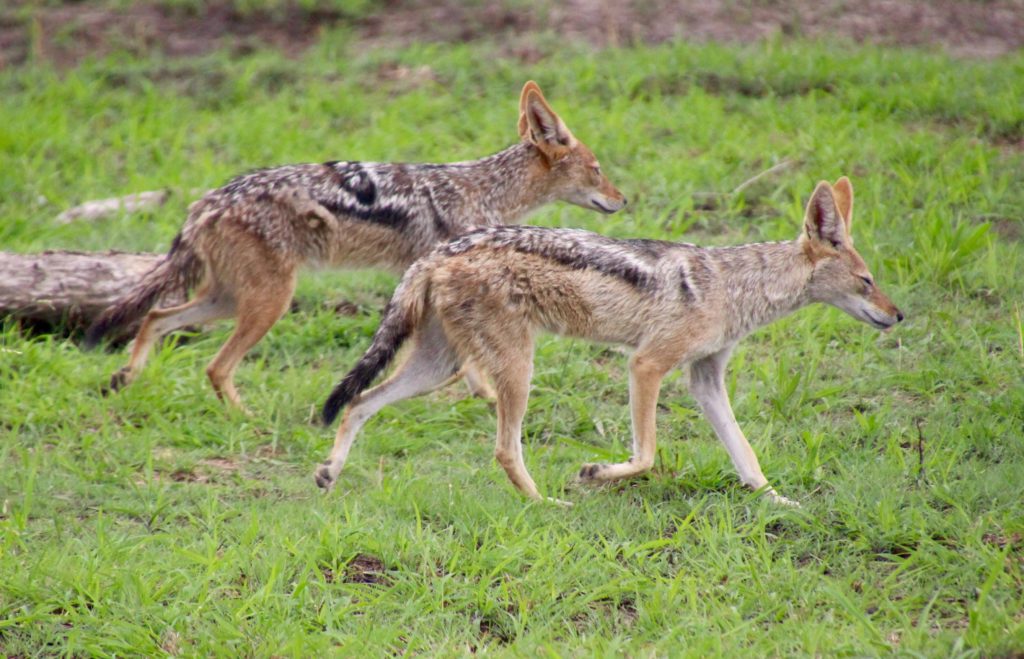
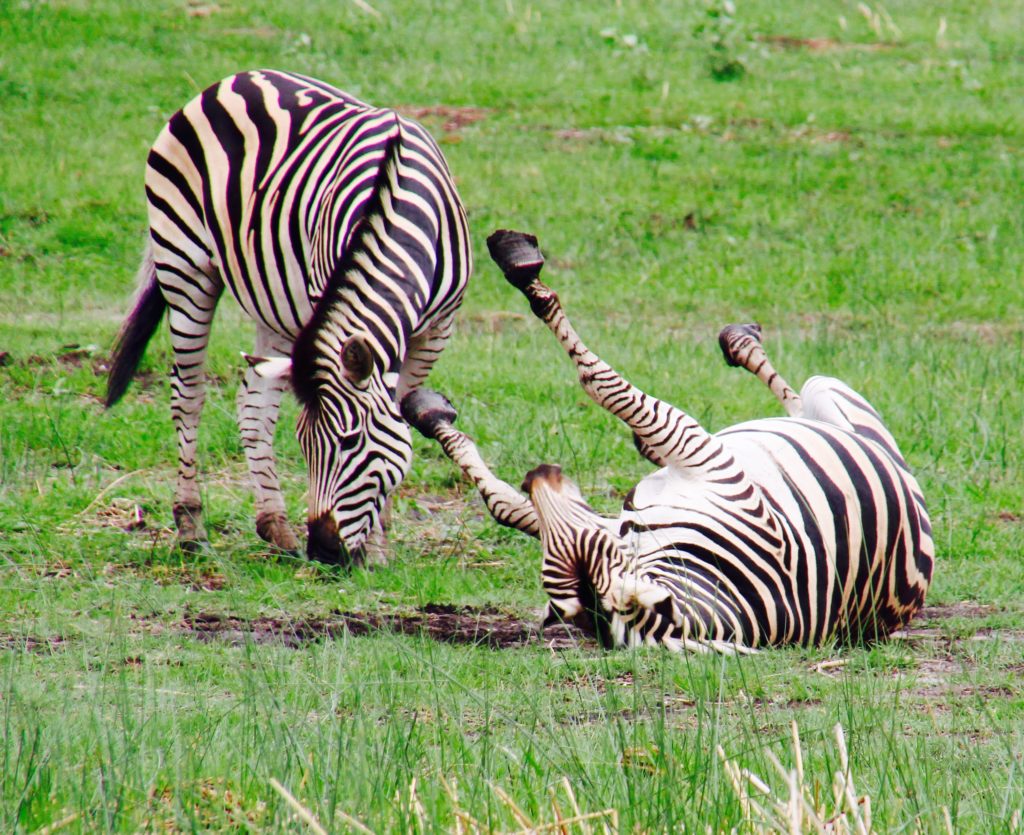
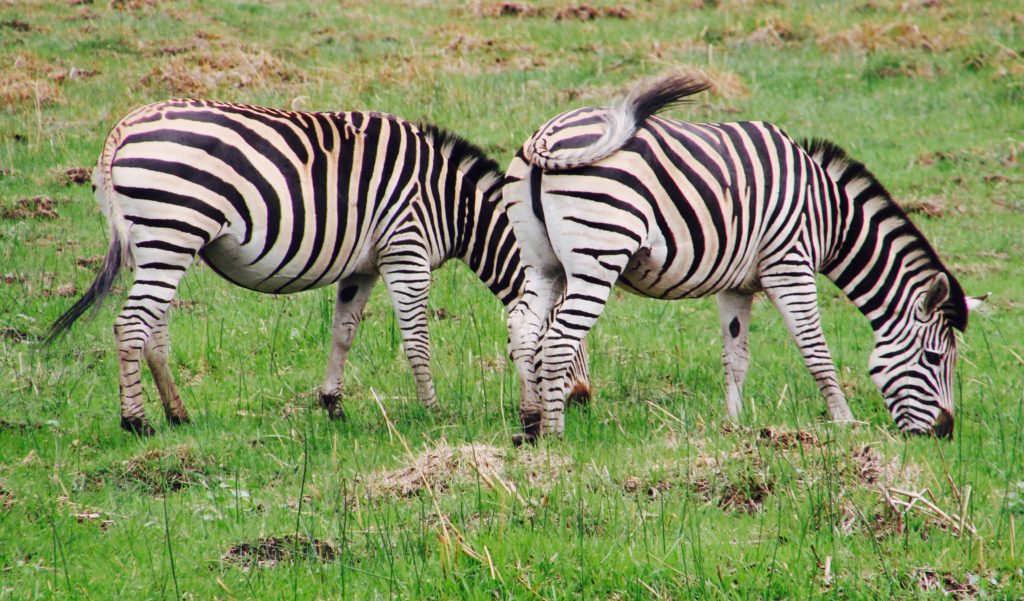
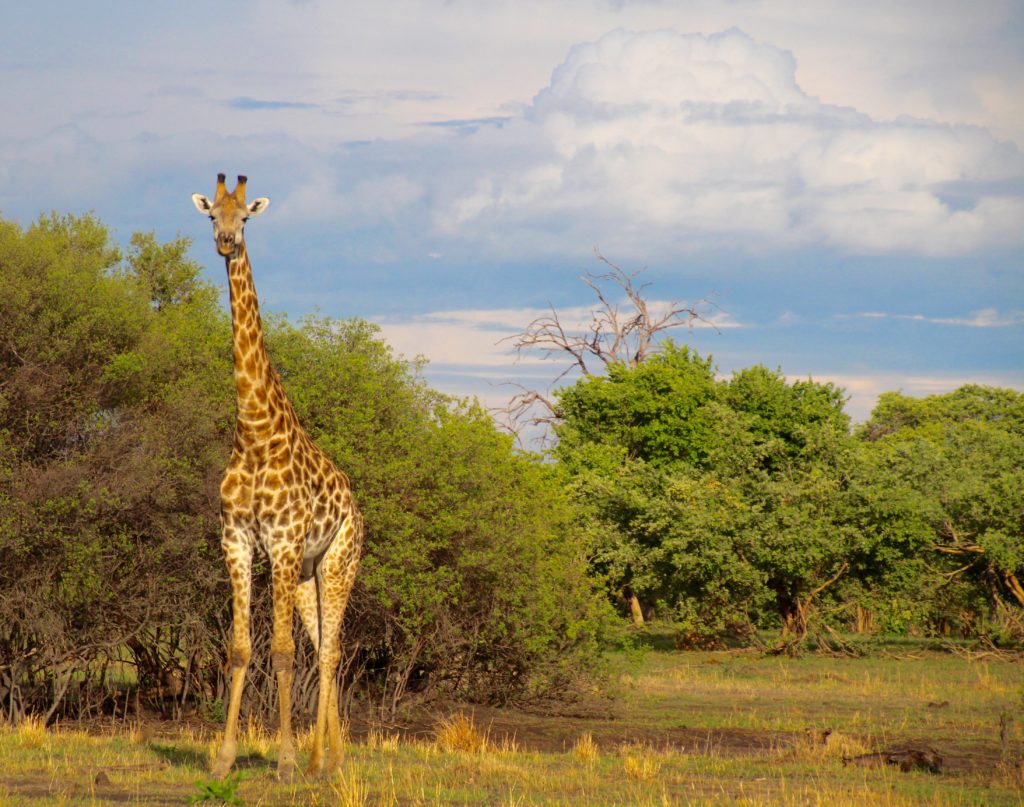
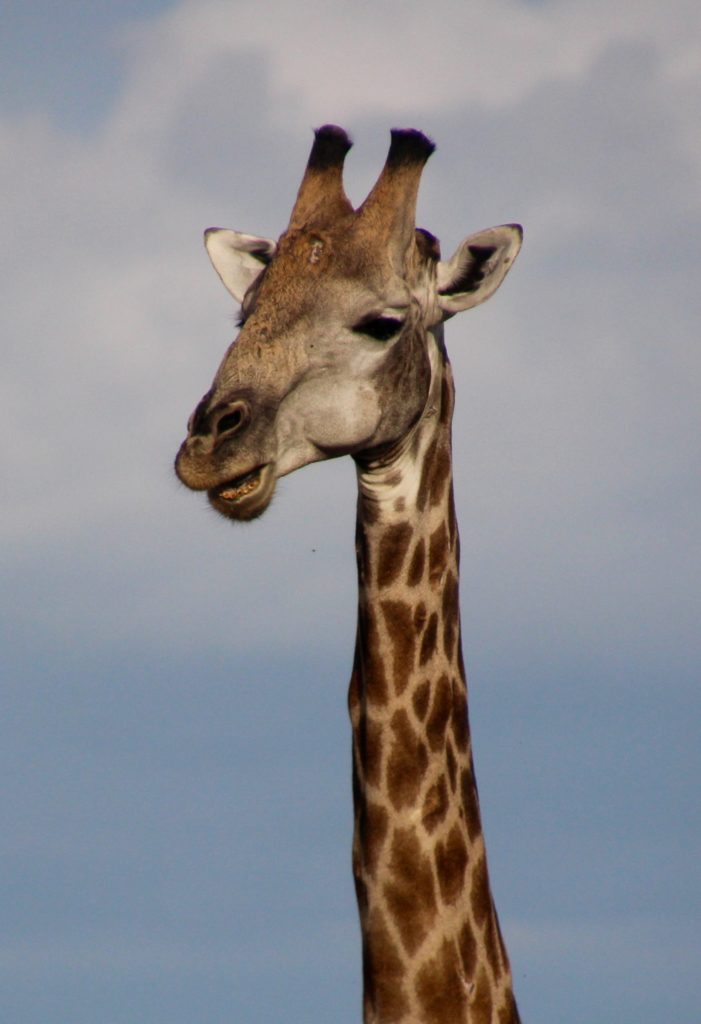 Giraffes are probably one of my favorite animals. They’re so tall and slow. If you’ve ever seen a
Giraffes are probably one of my favorite animals. They’re so tall and slow. If you’ve ever seen a 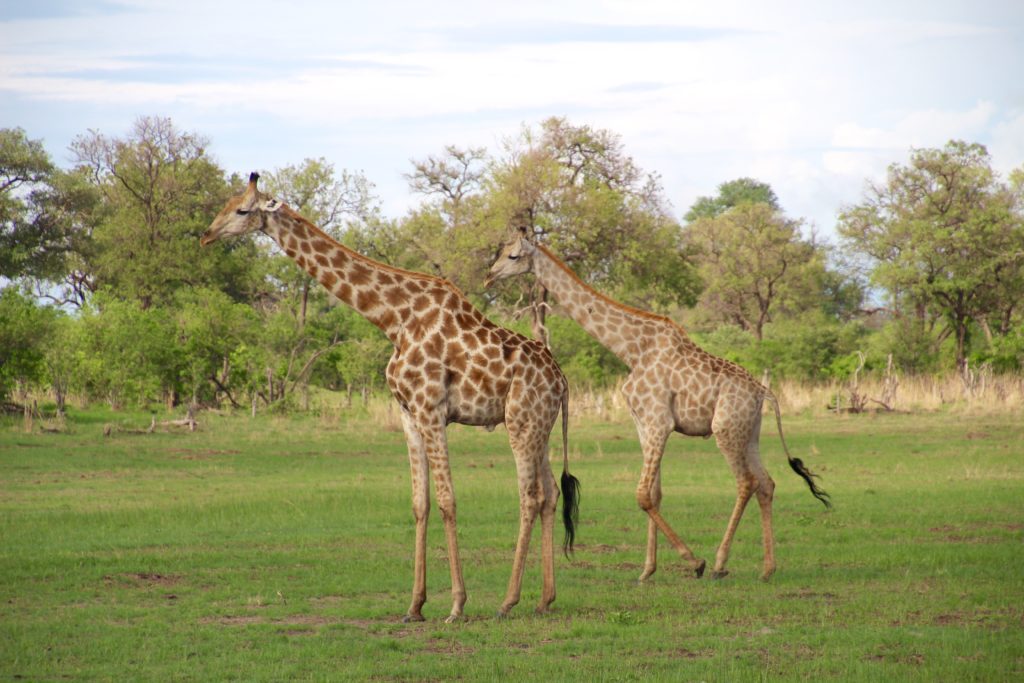
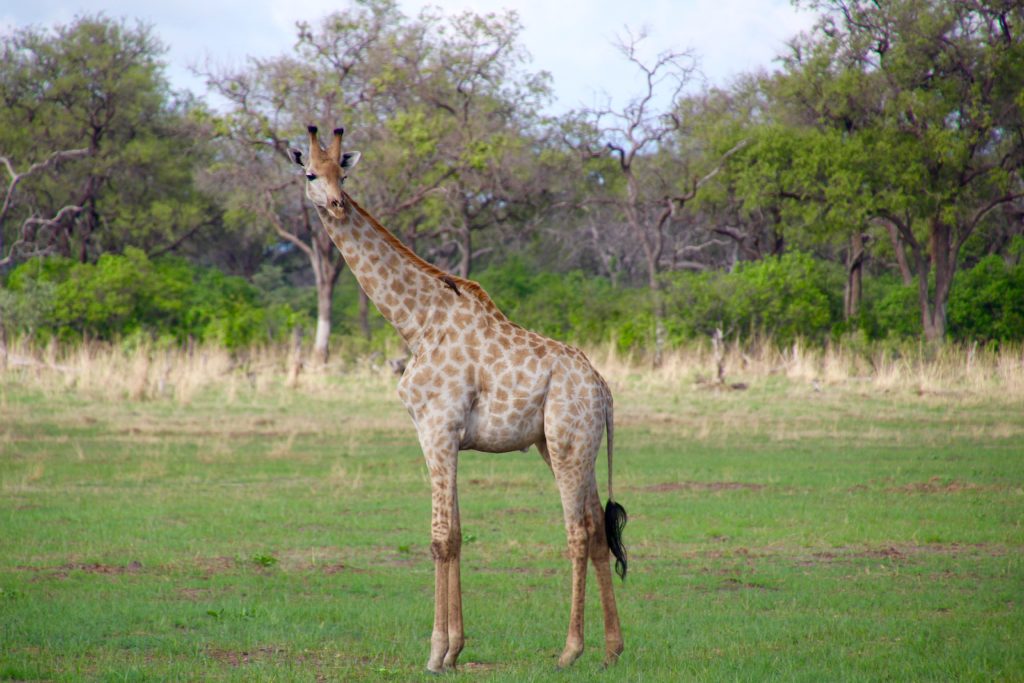
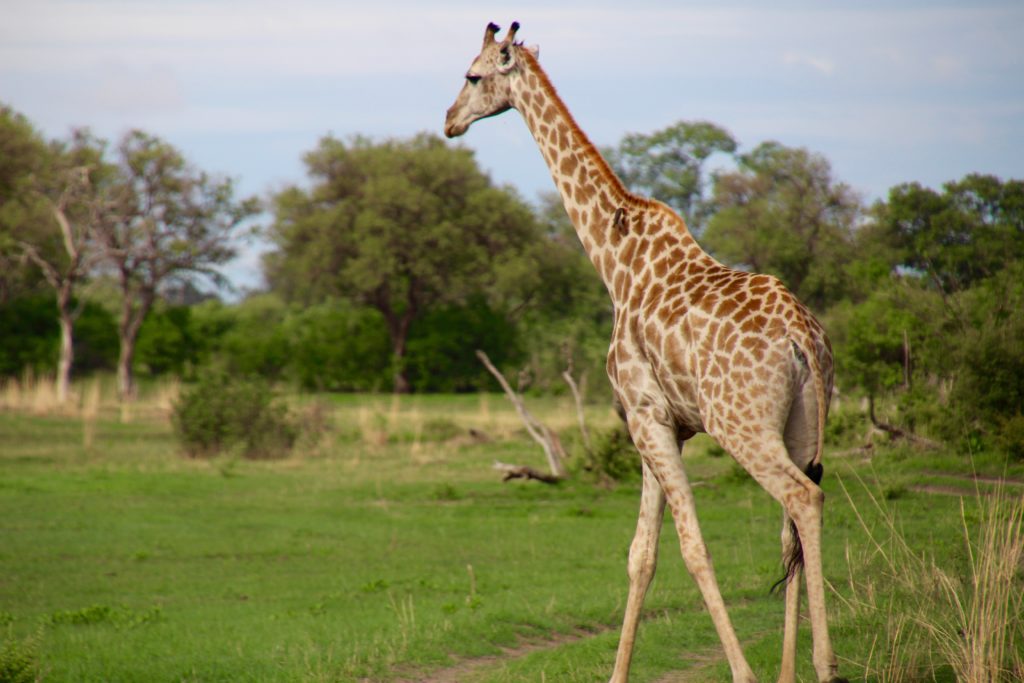
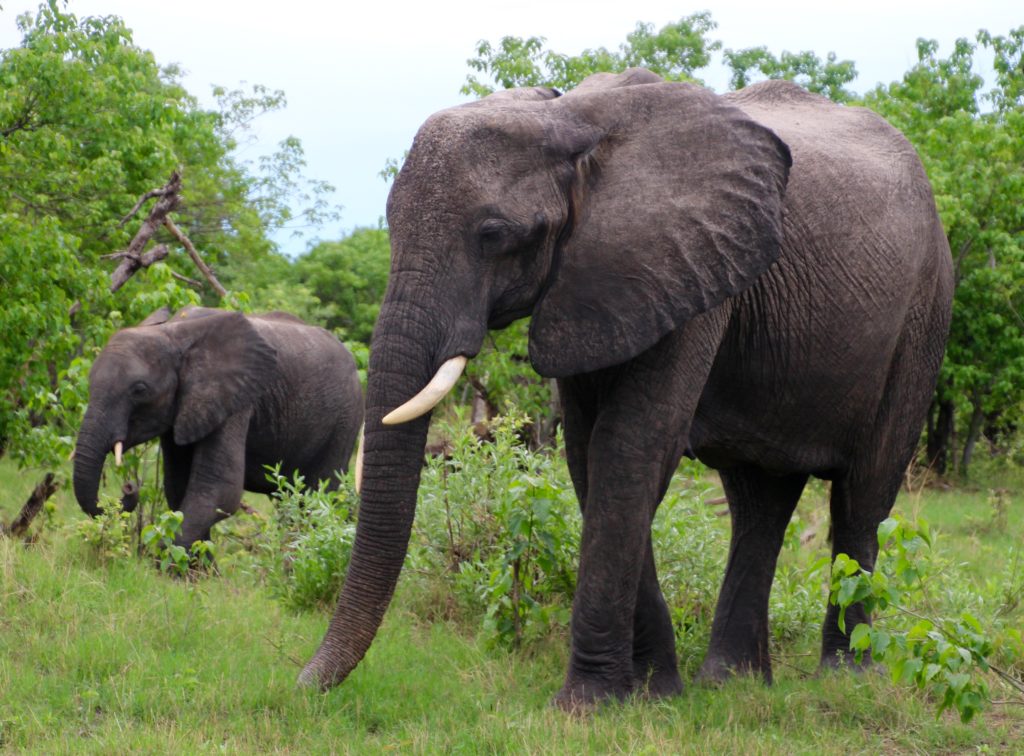
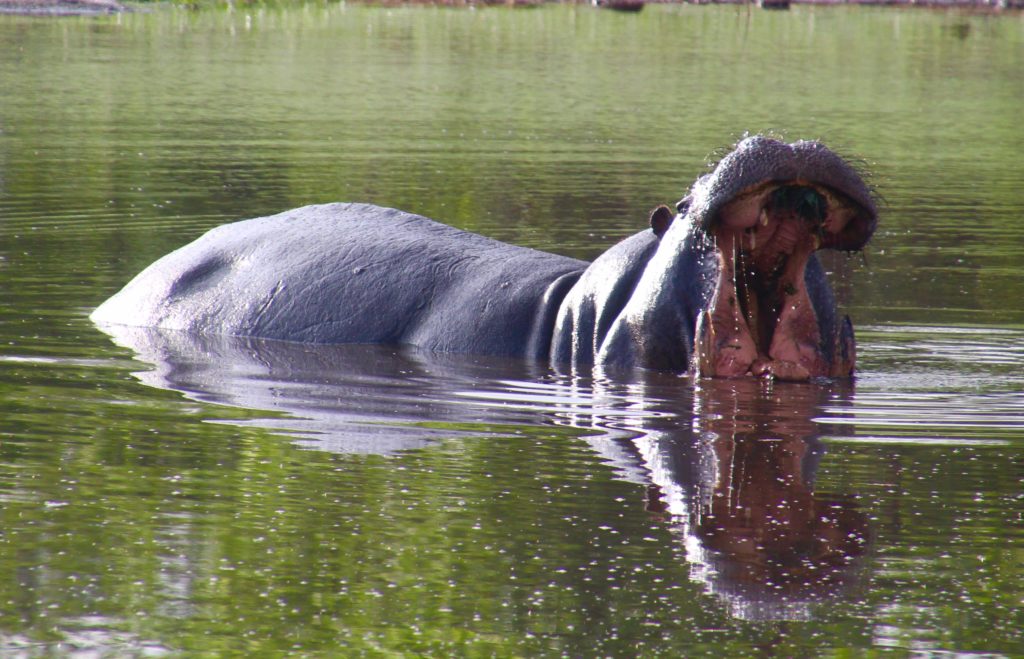
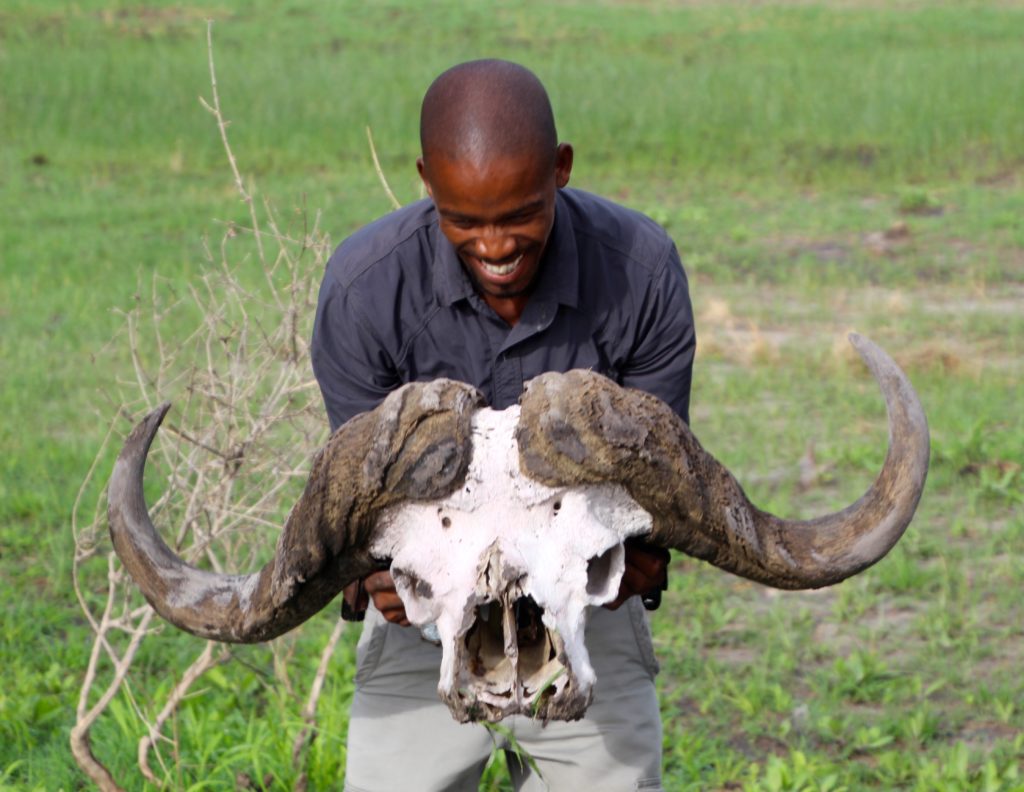
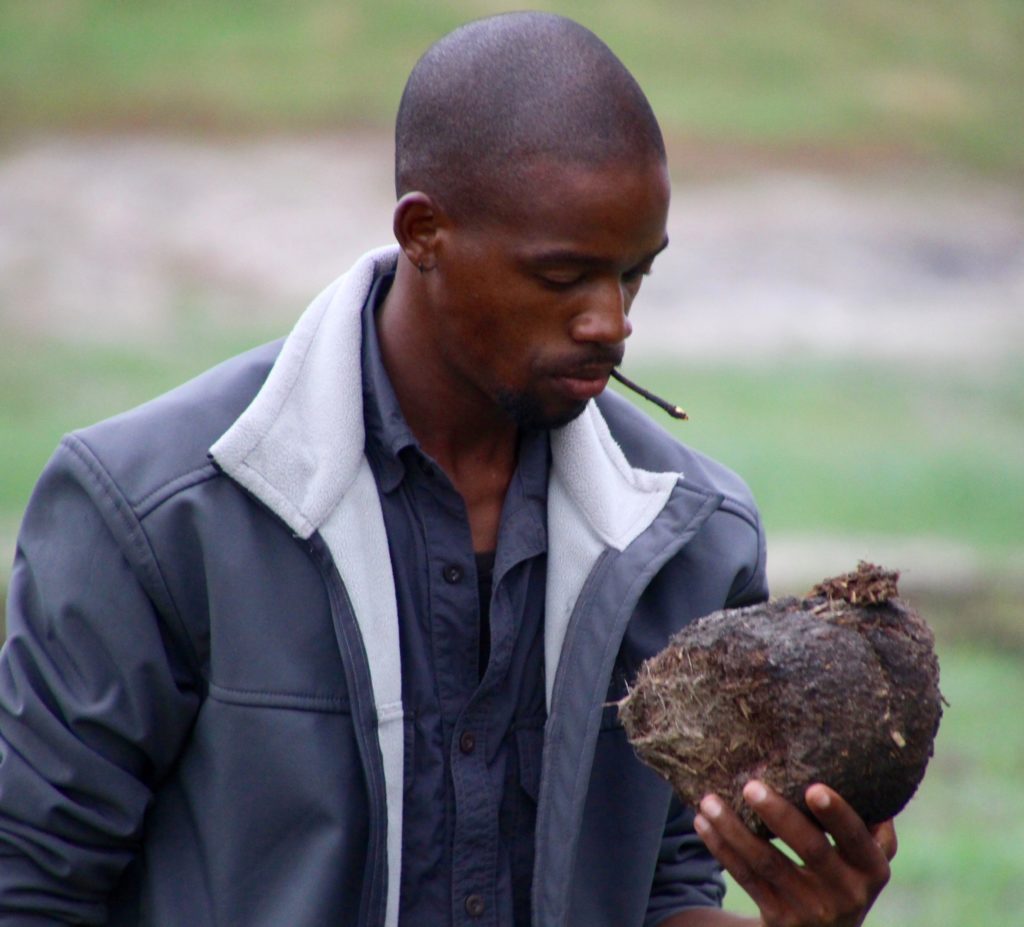
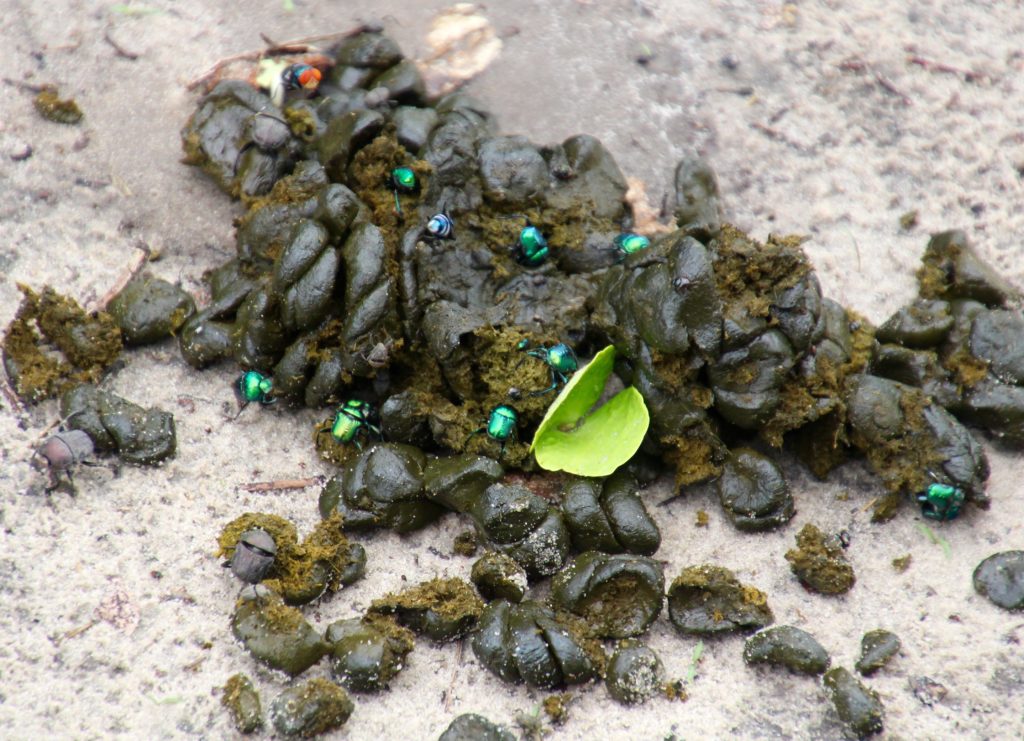
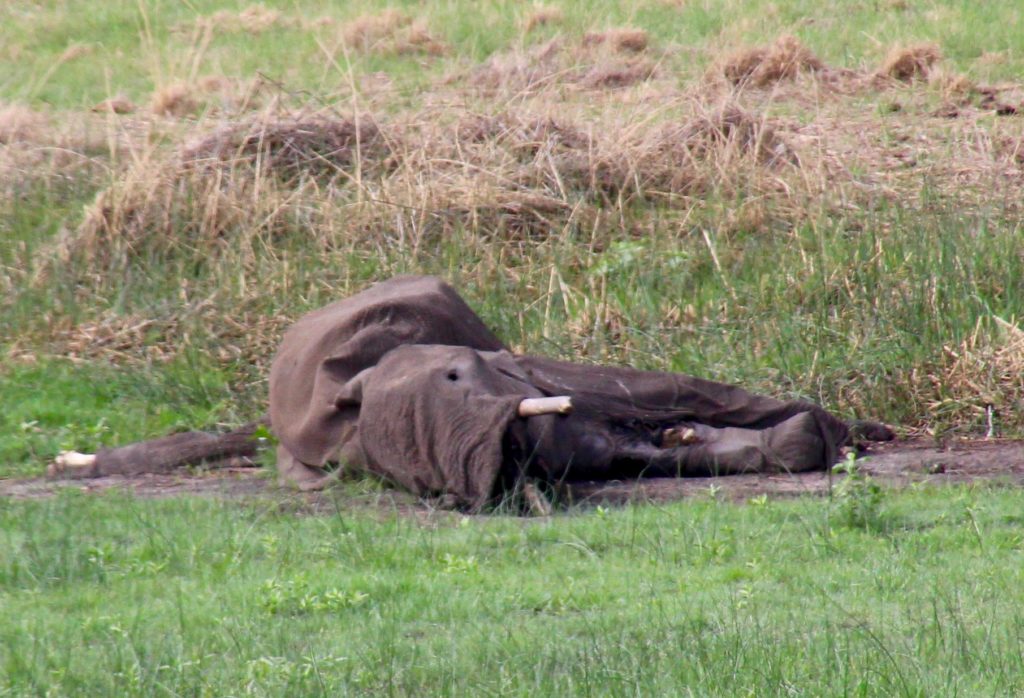
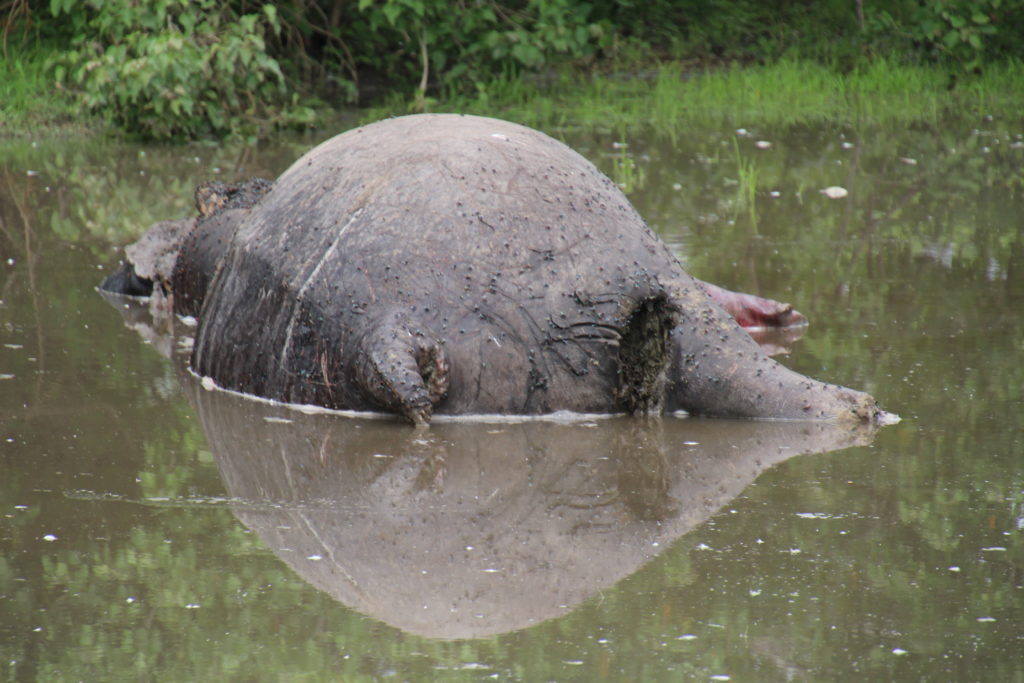
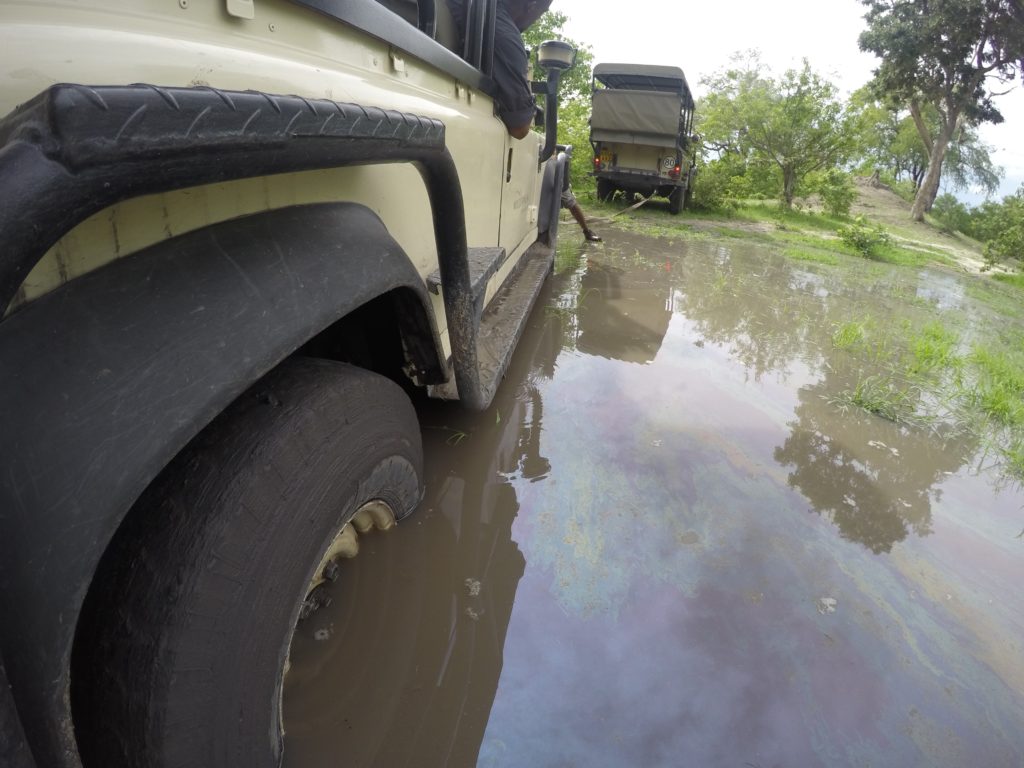
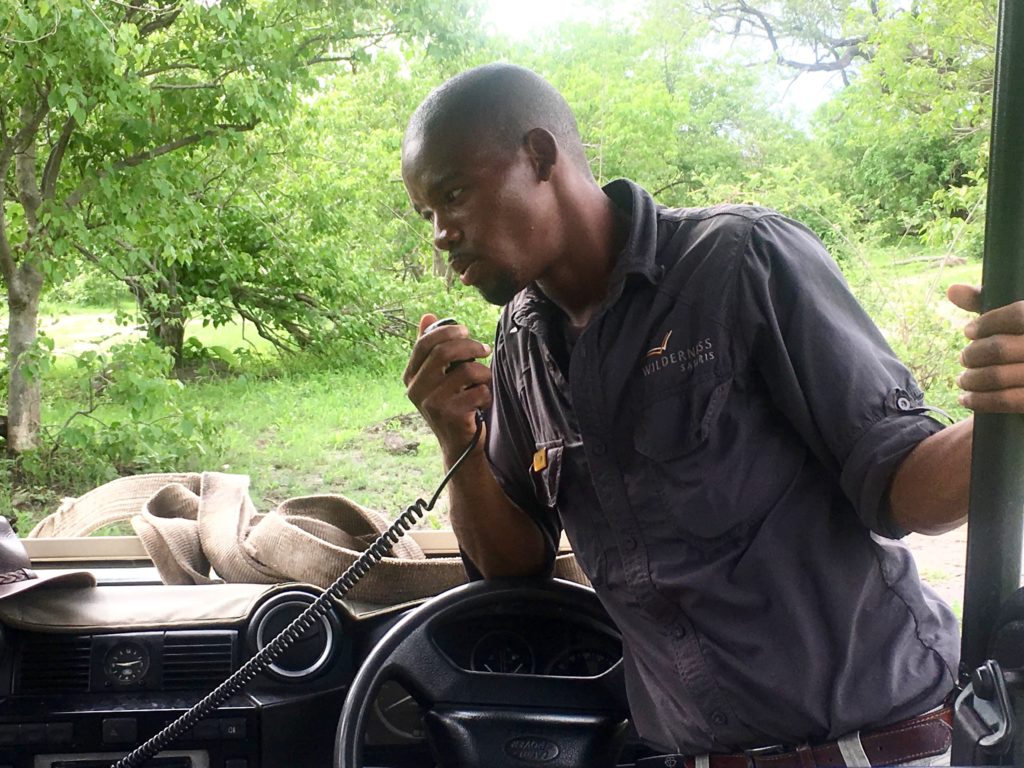
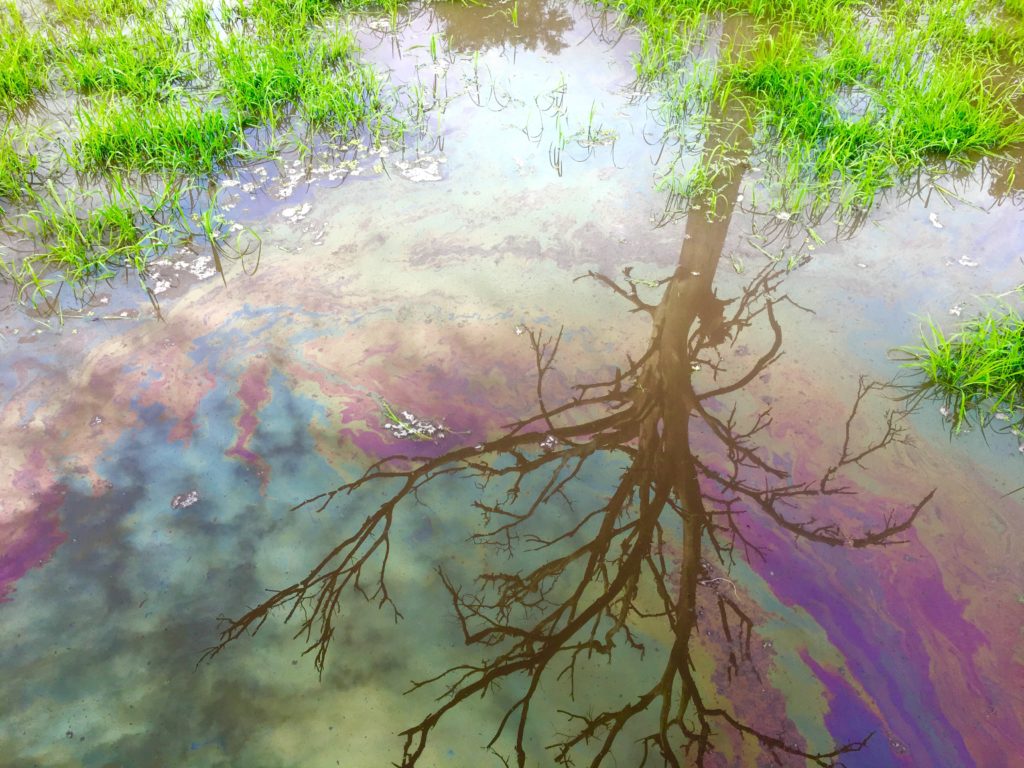
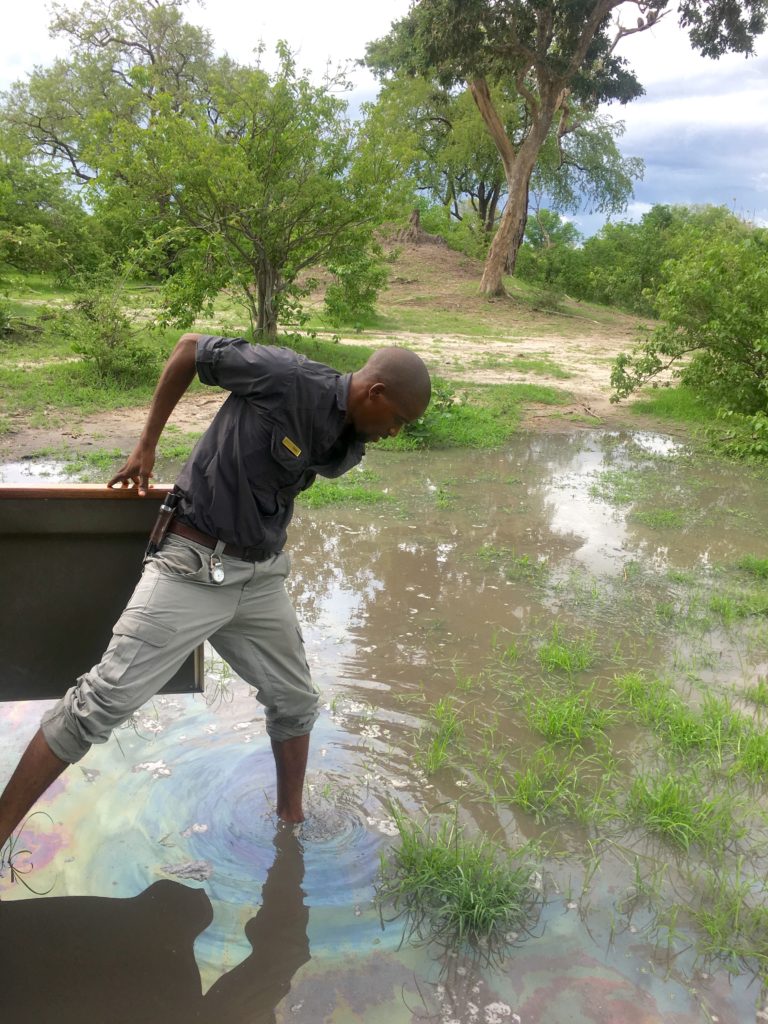
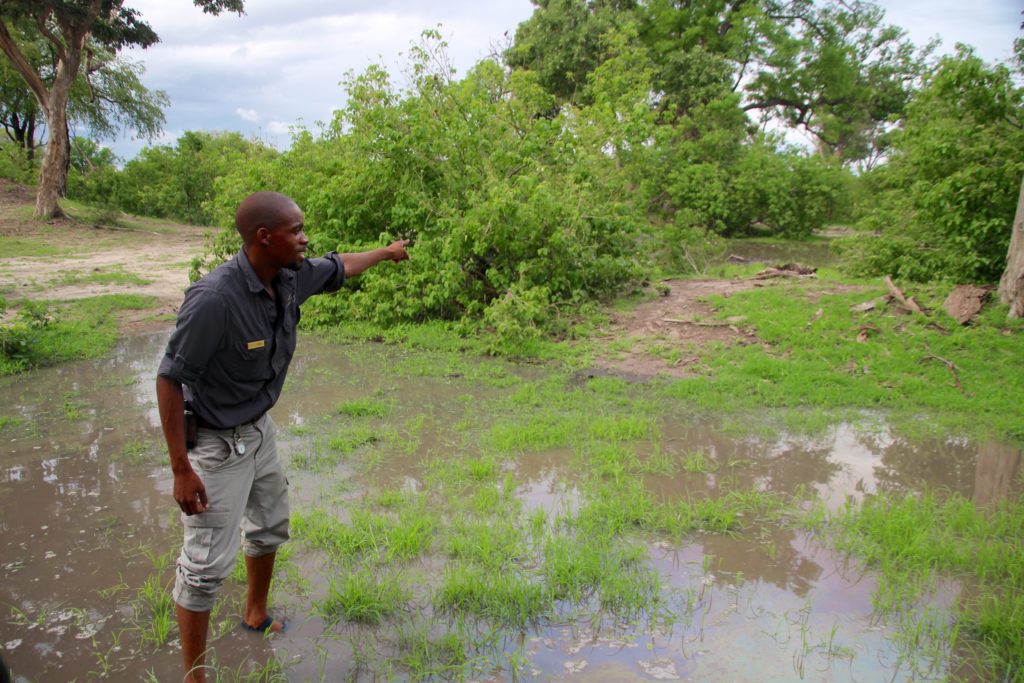
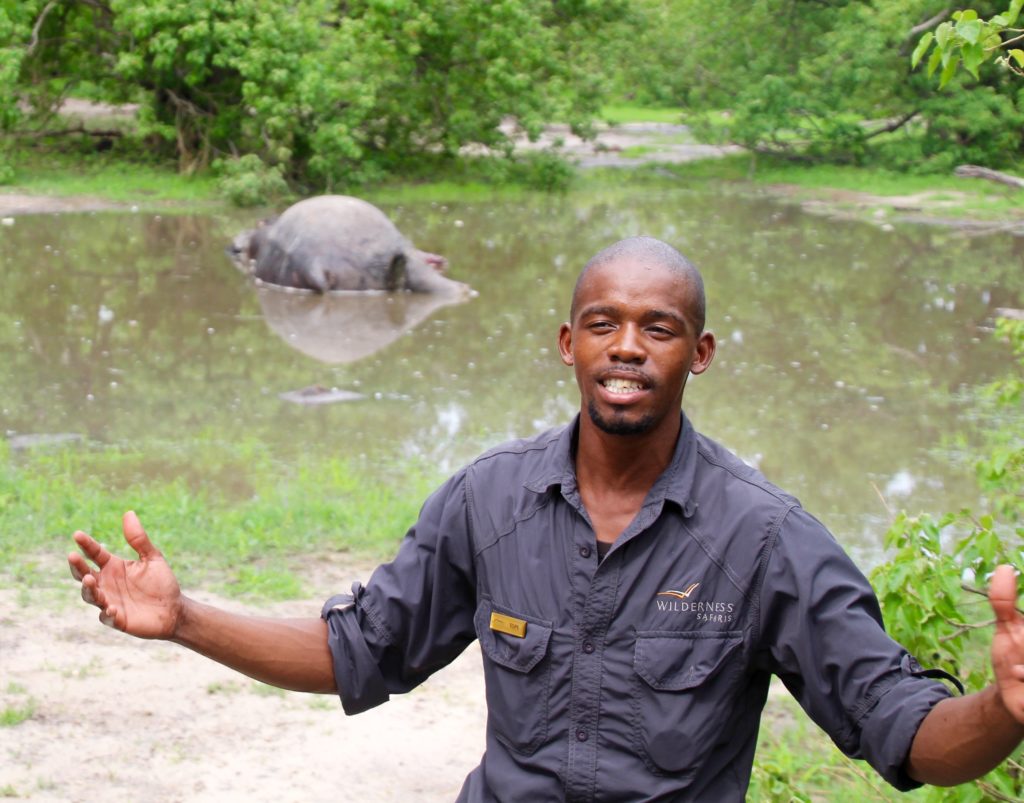
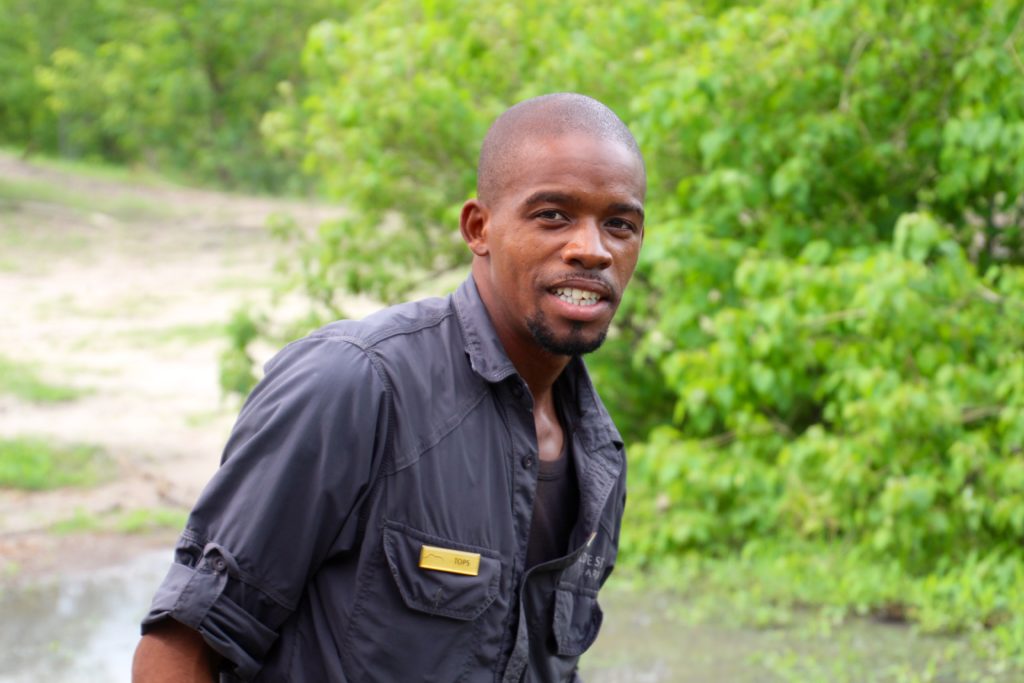
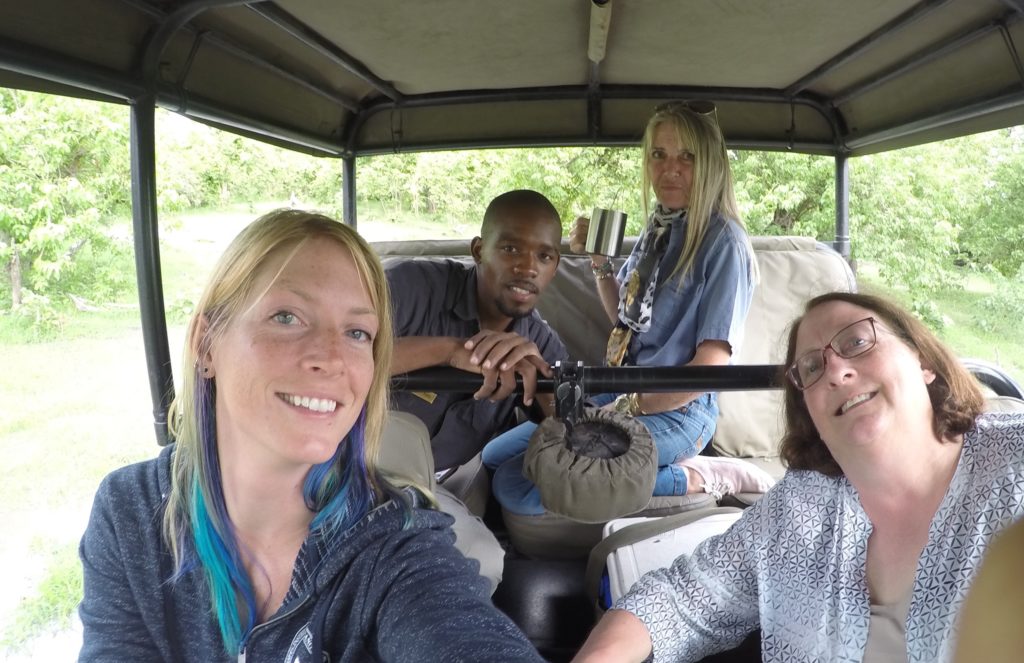
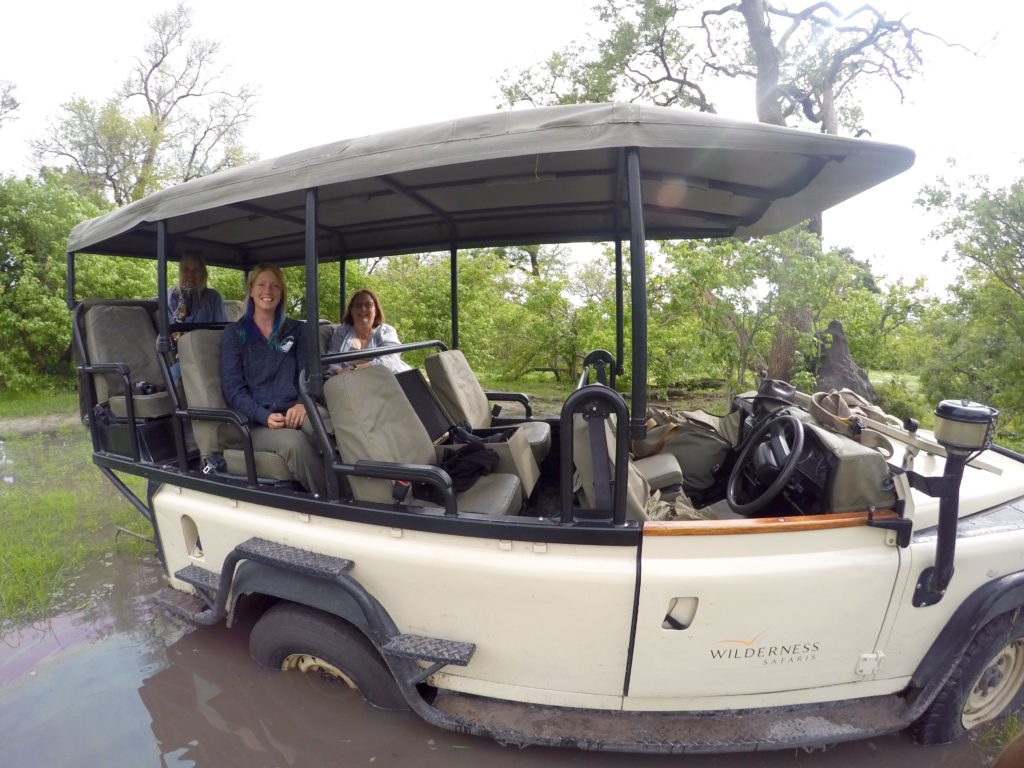
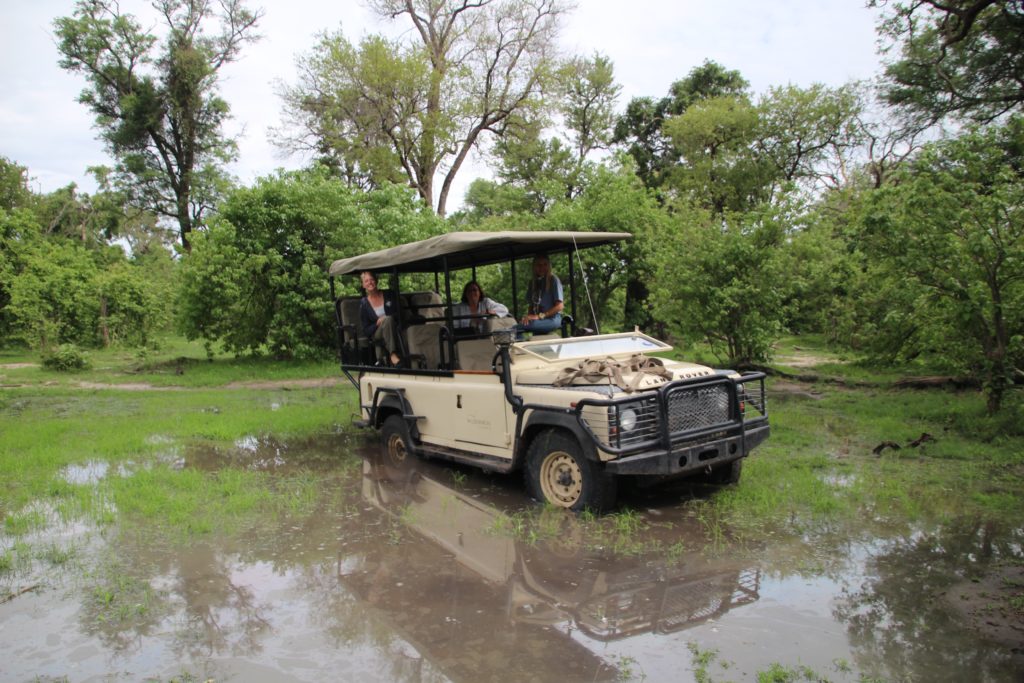
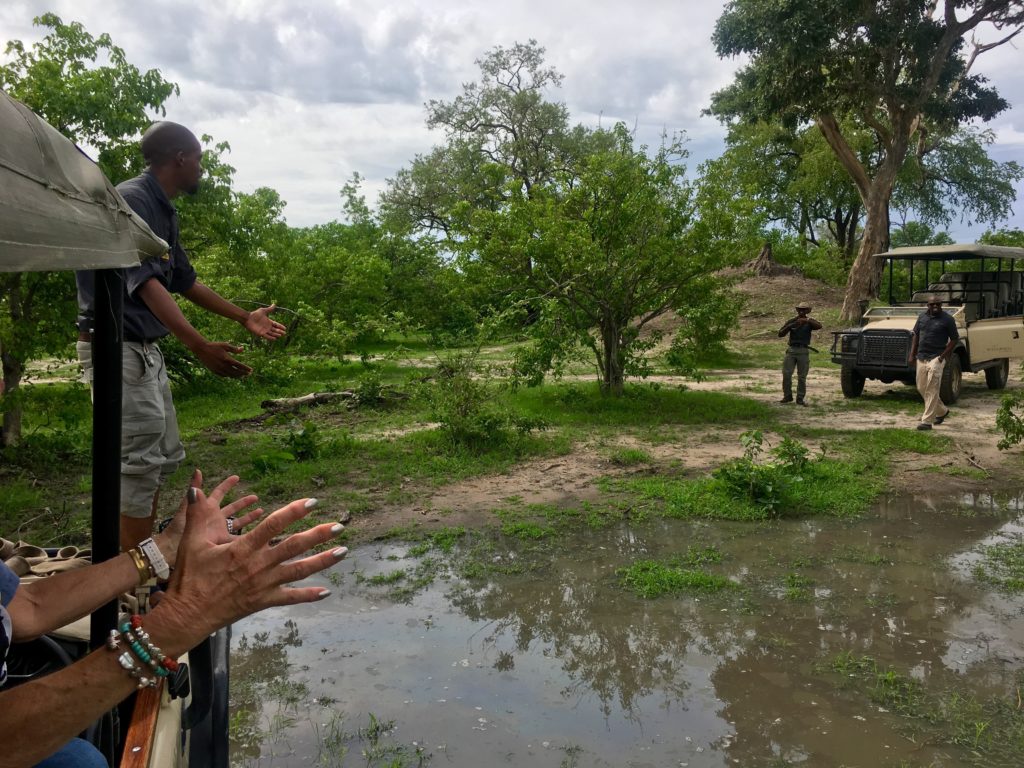
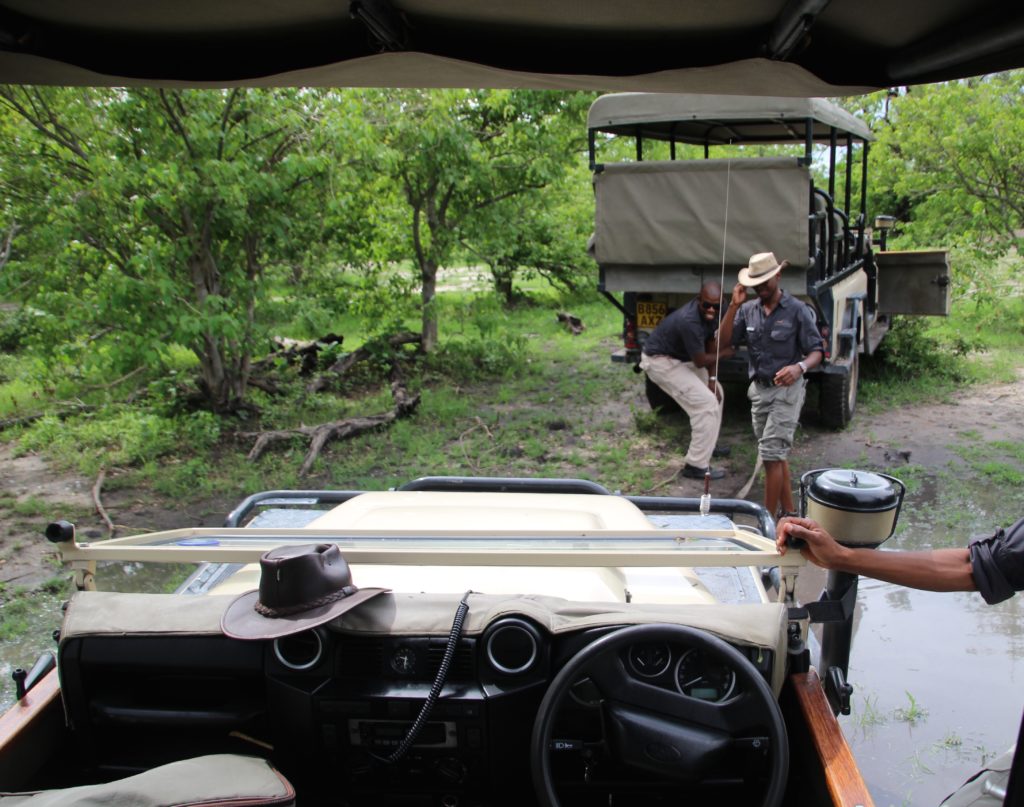
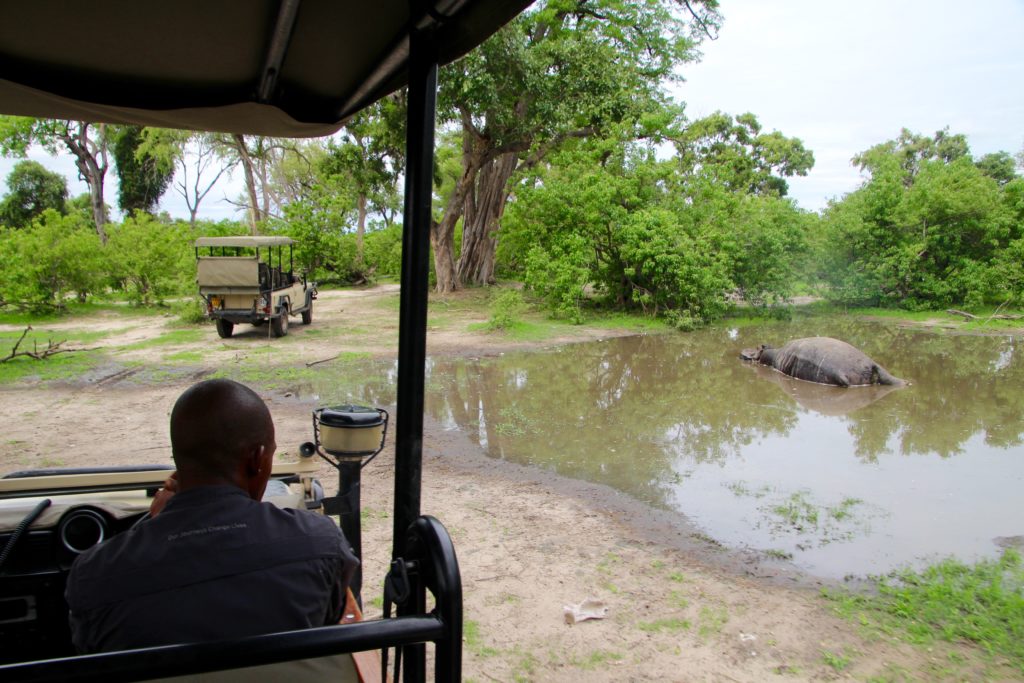
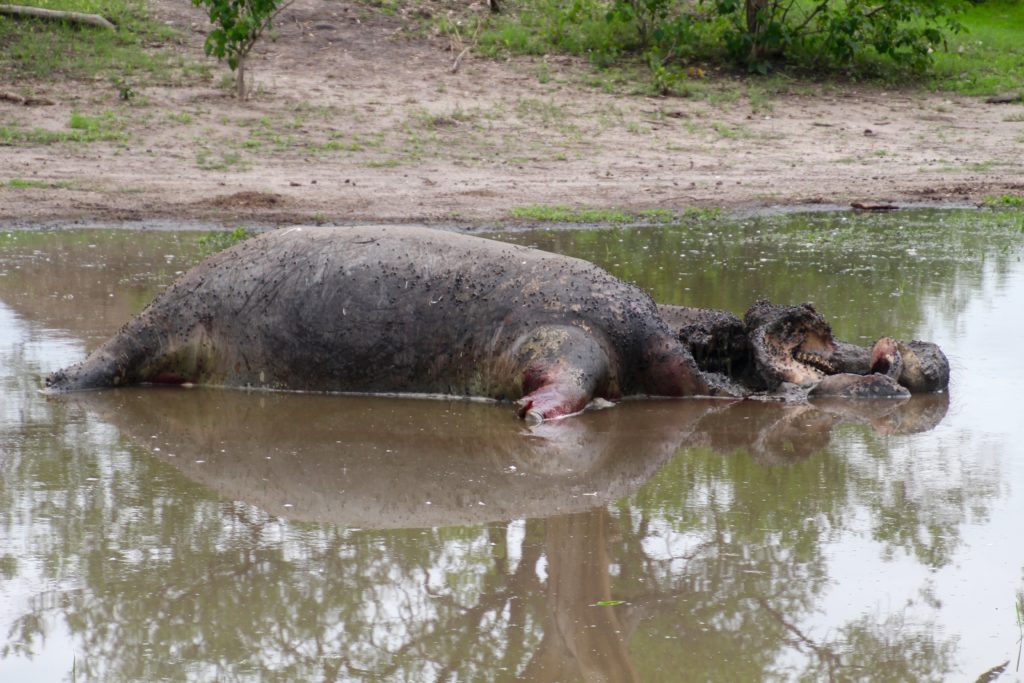
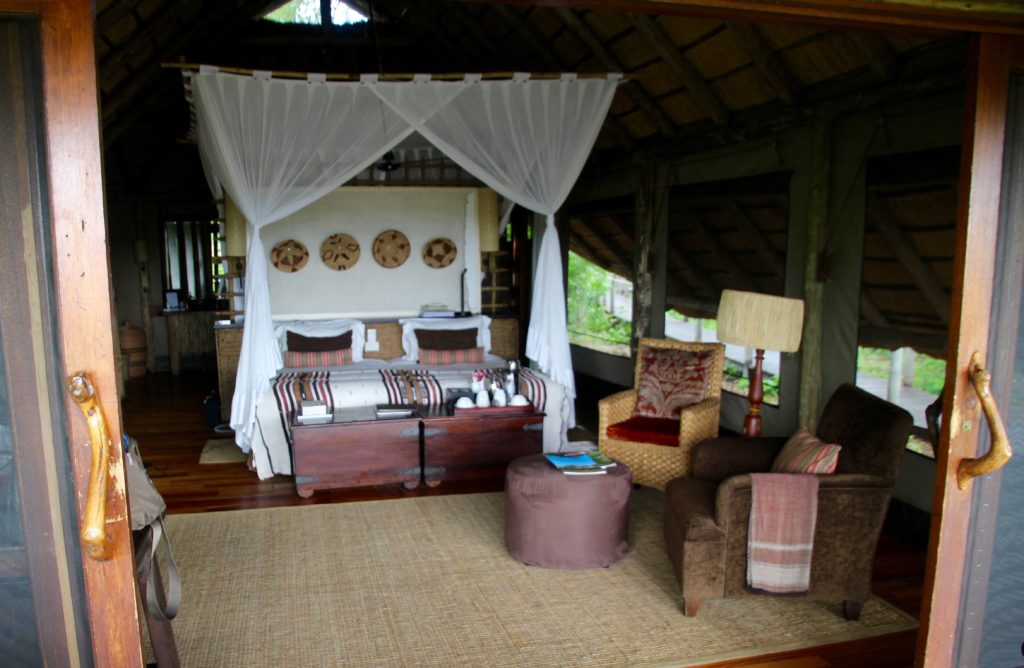




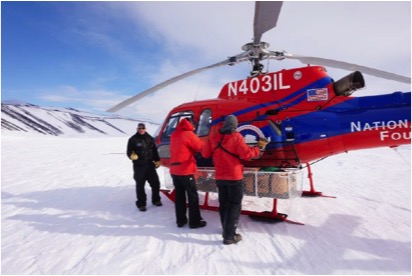

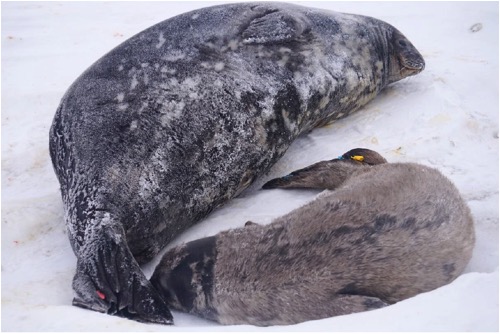
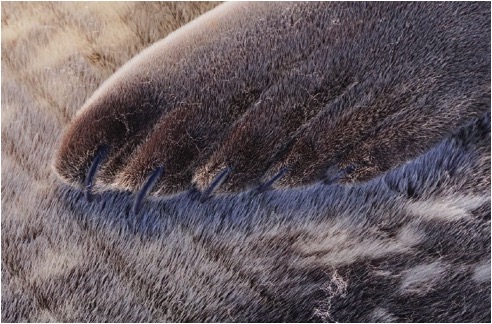
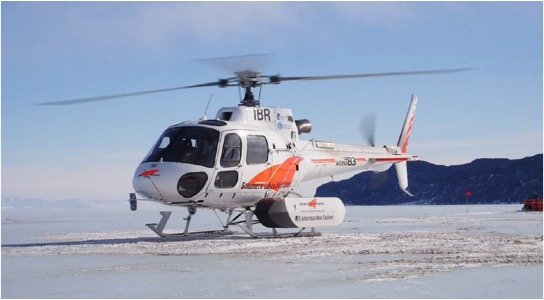
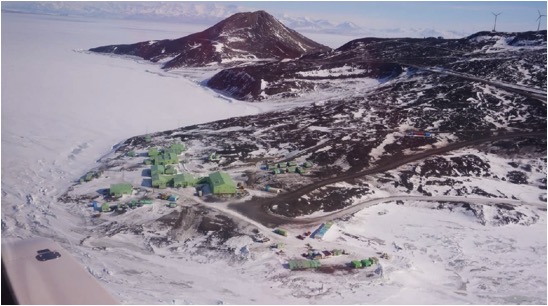
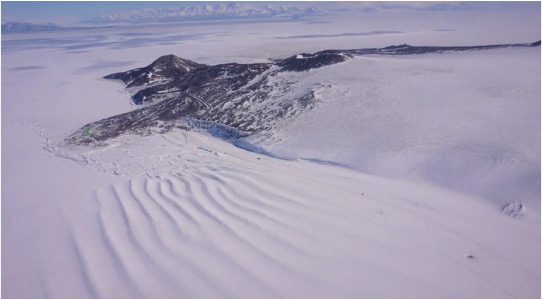
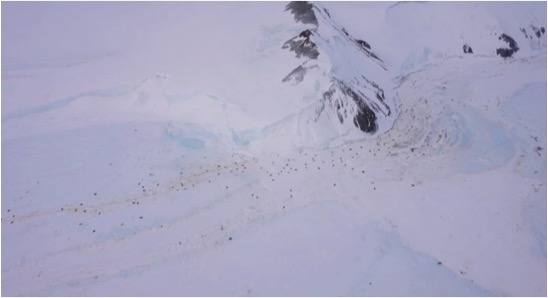
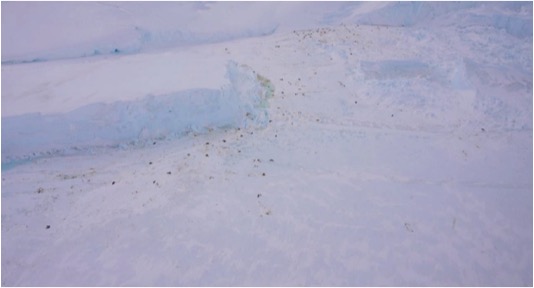
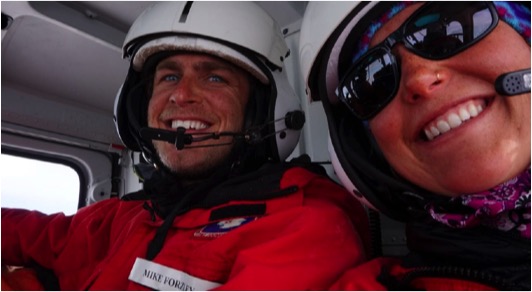

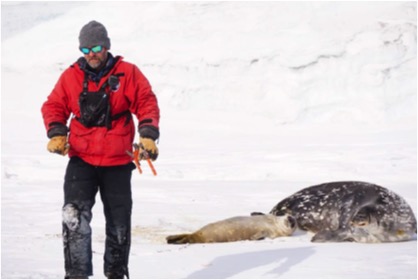
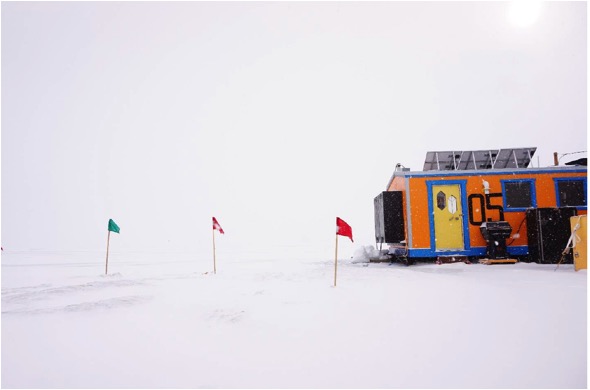

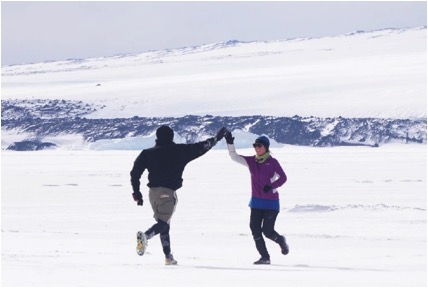
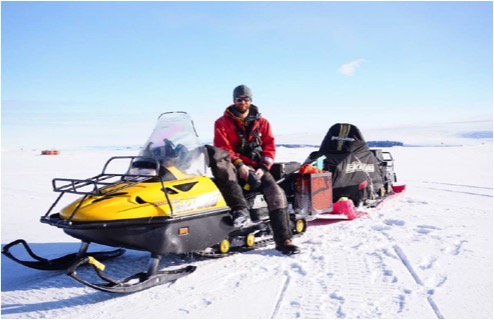
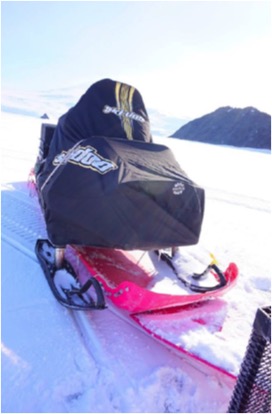
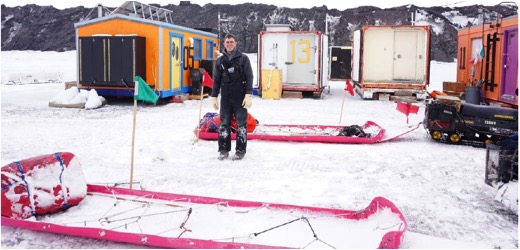

















































Recent Comments